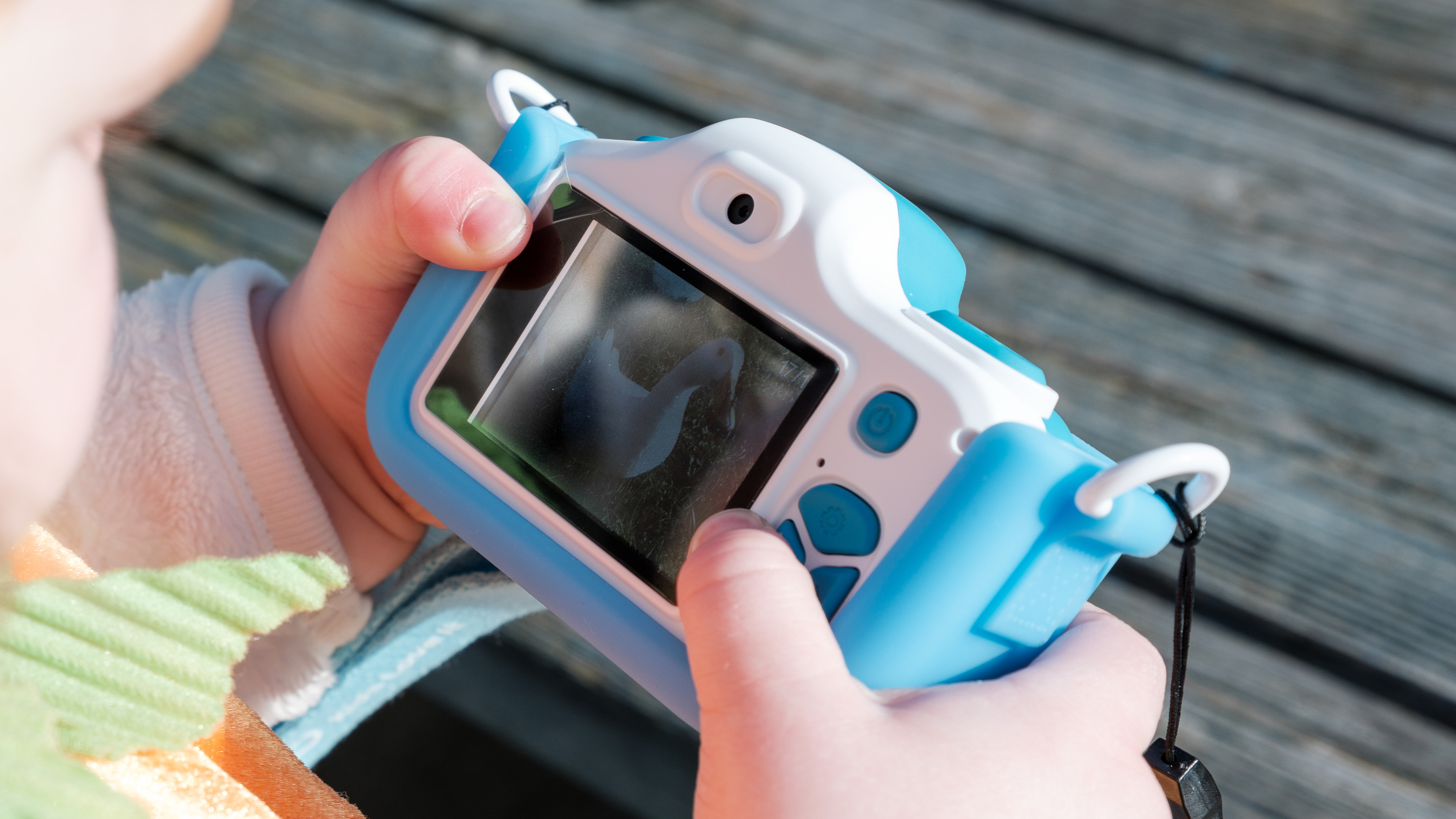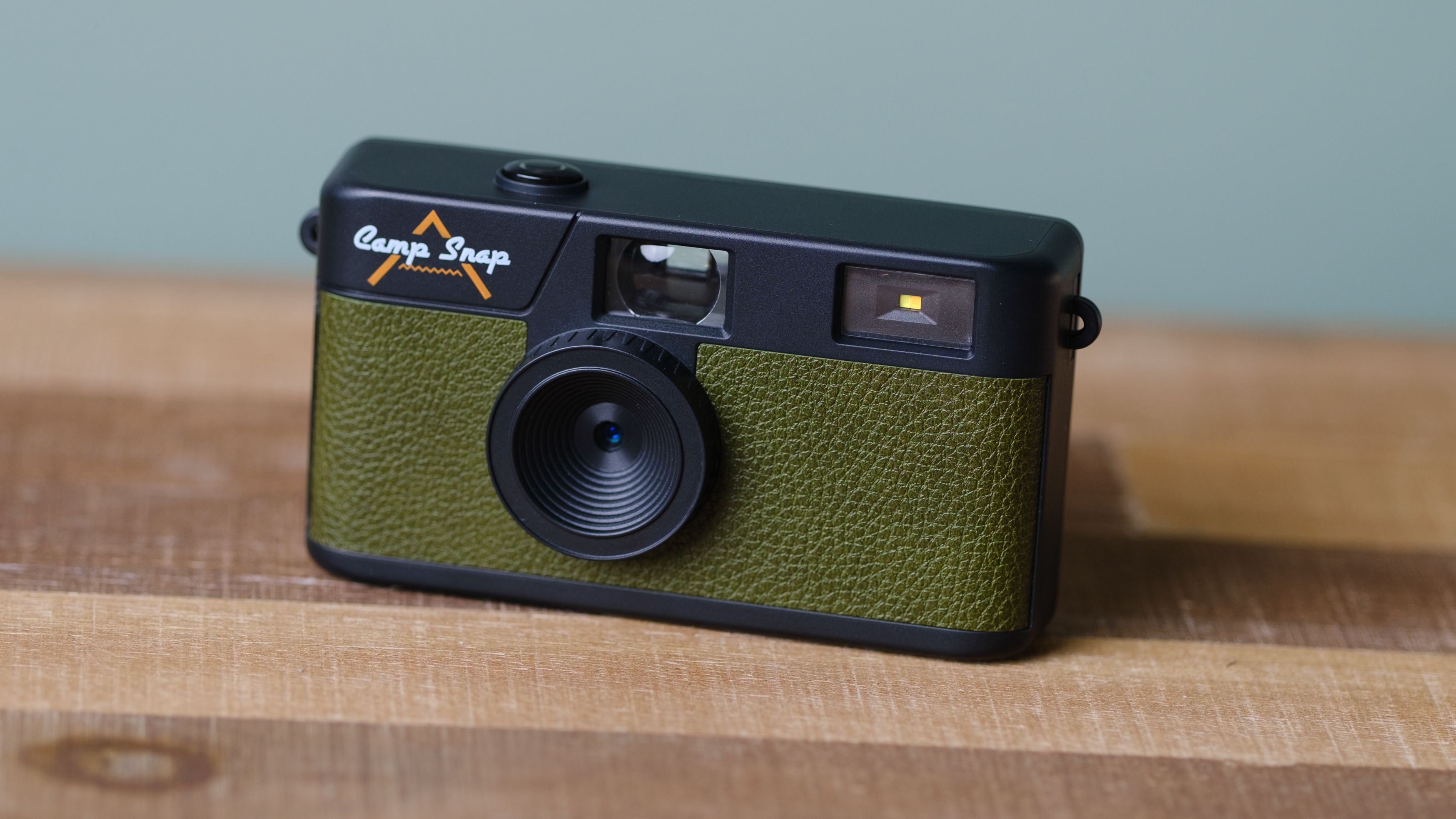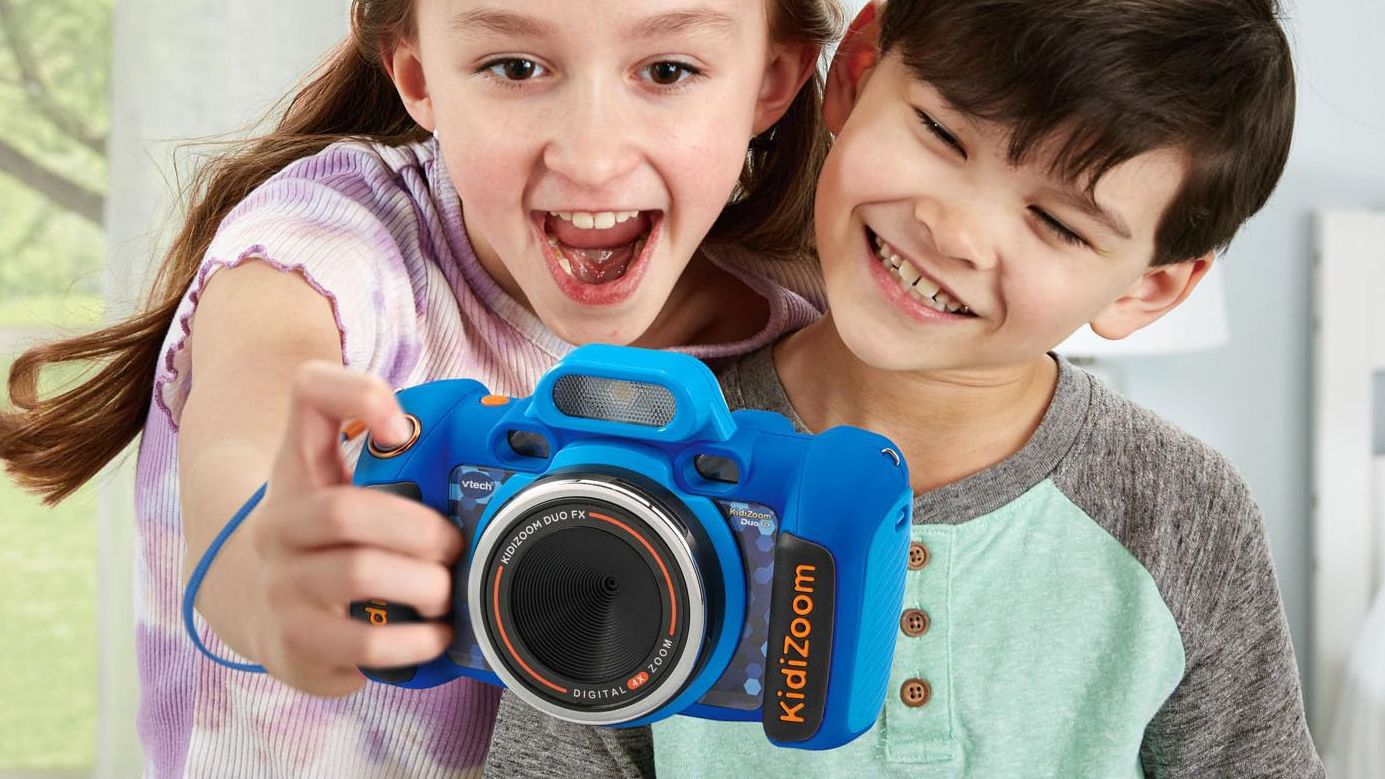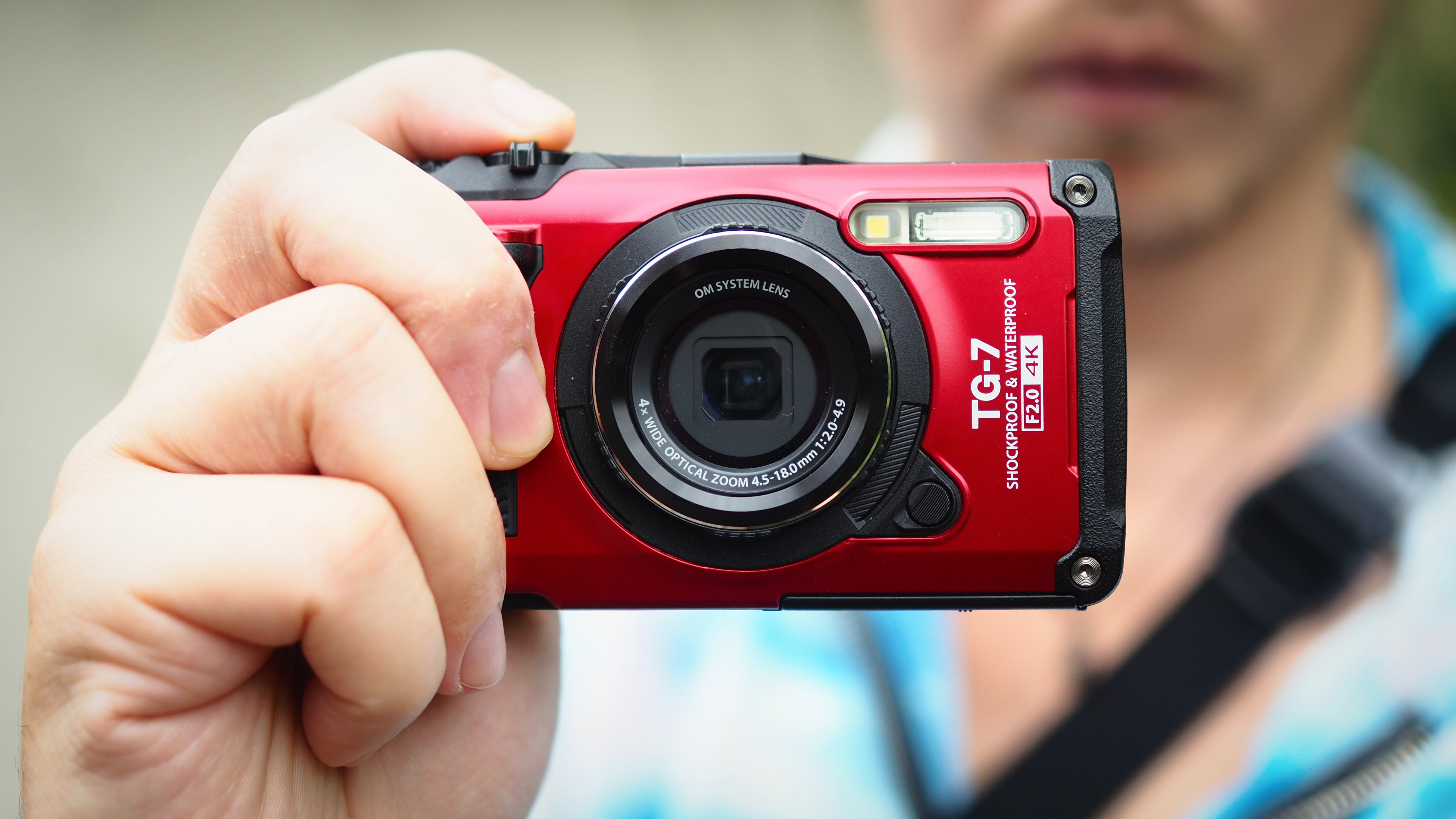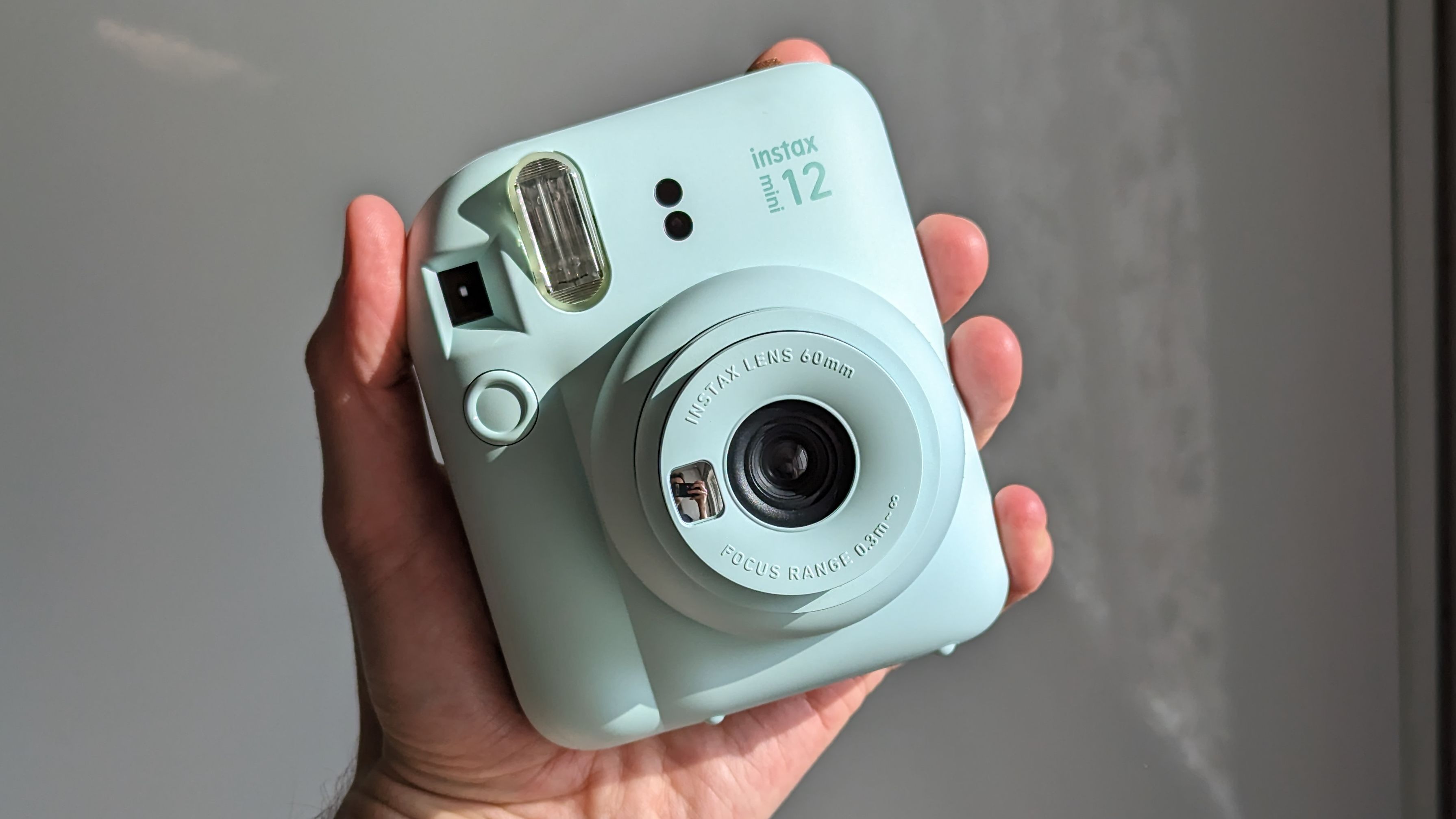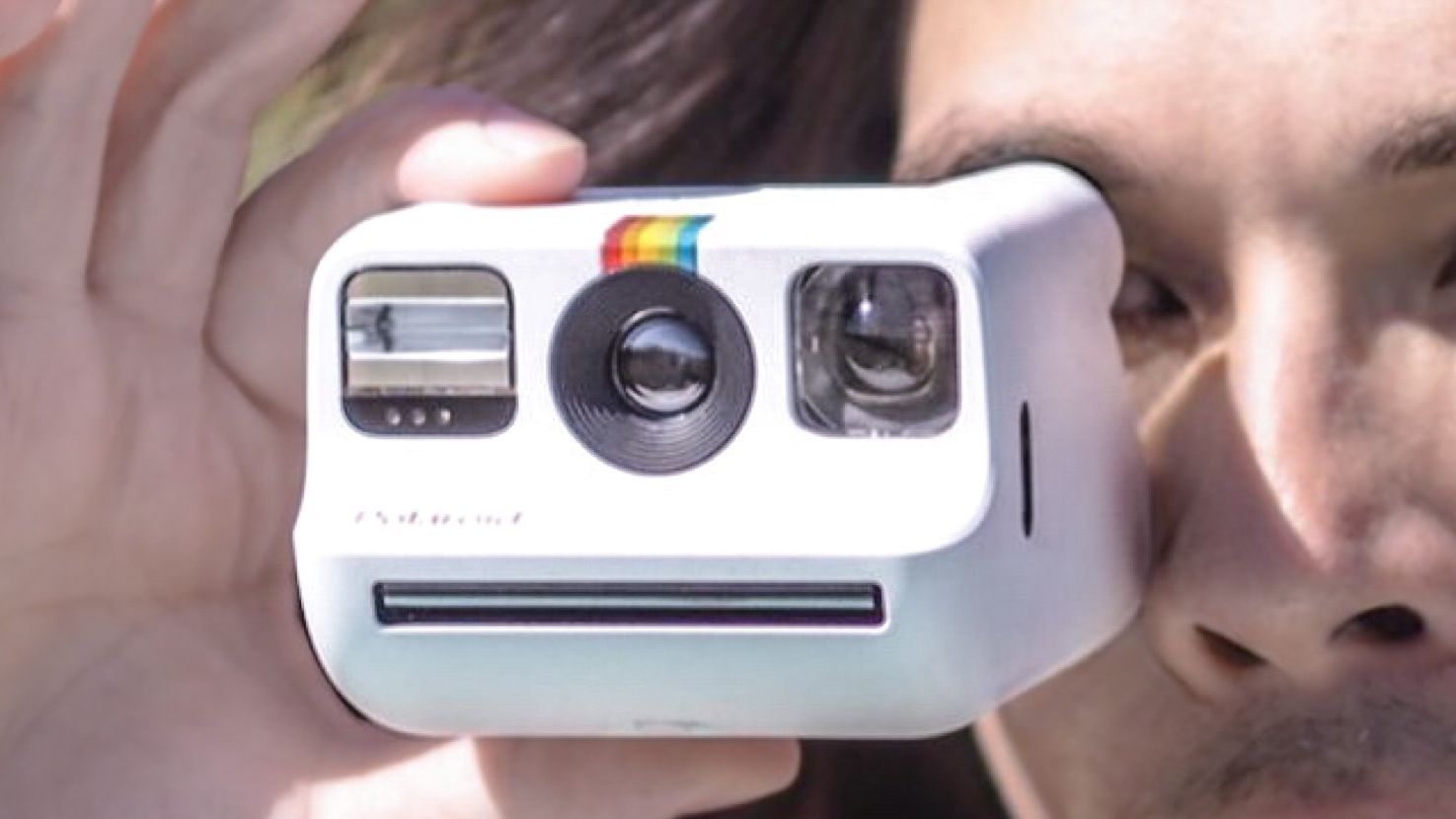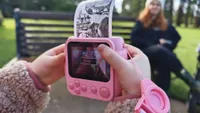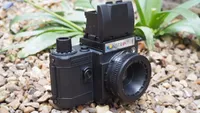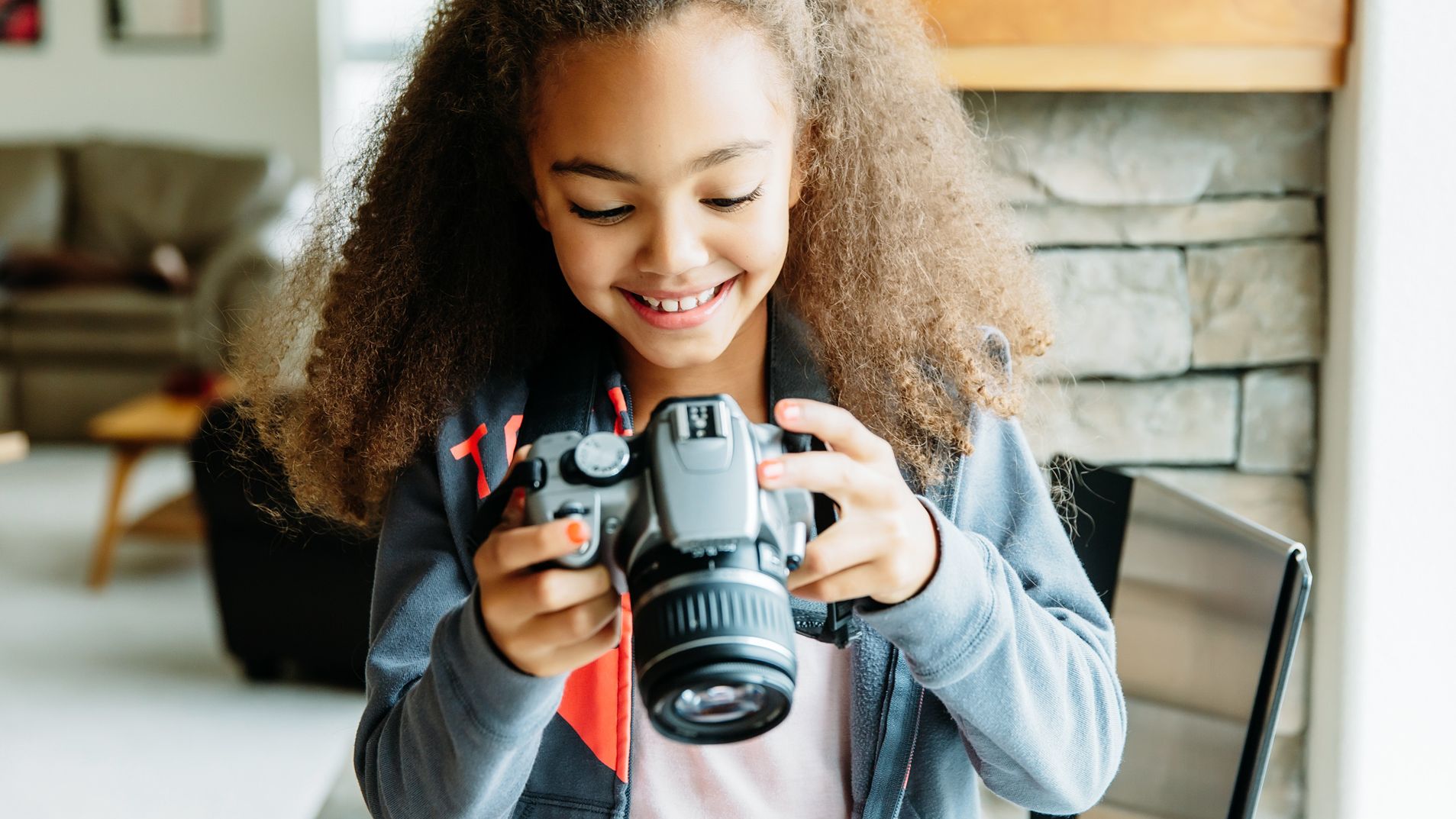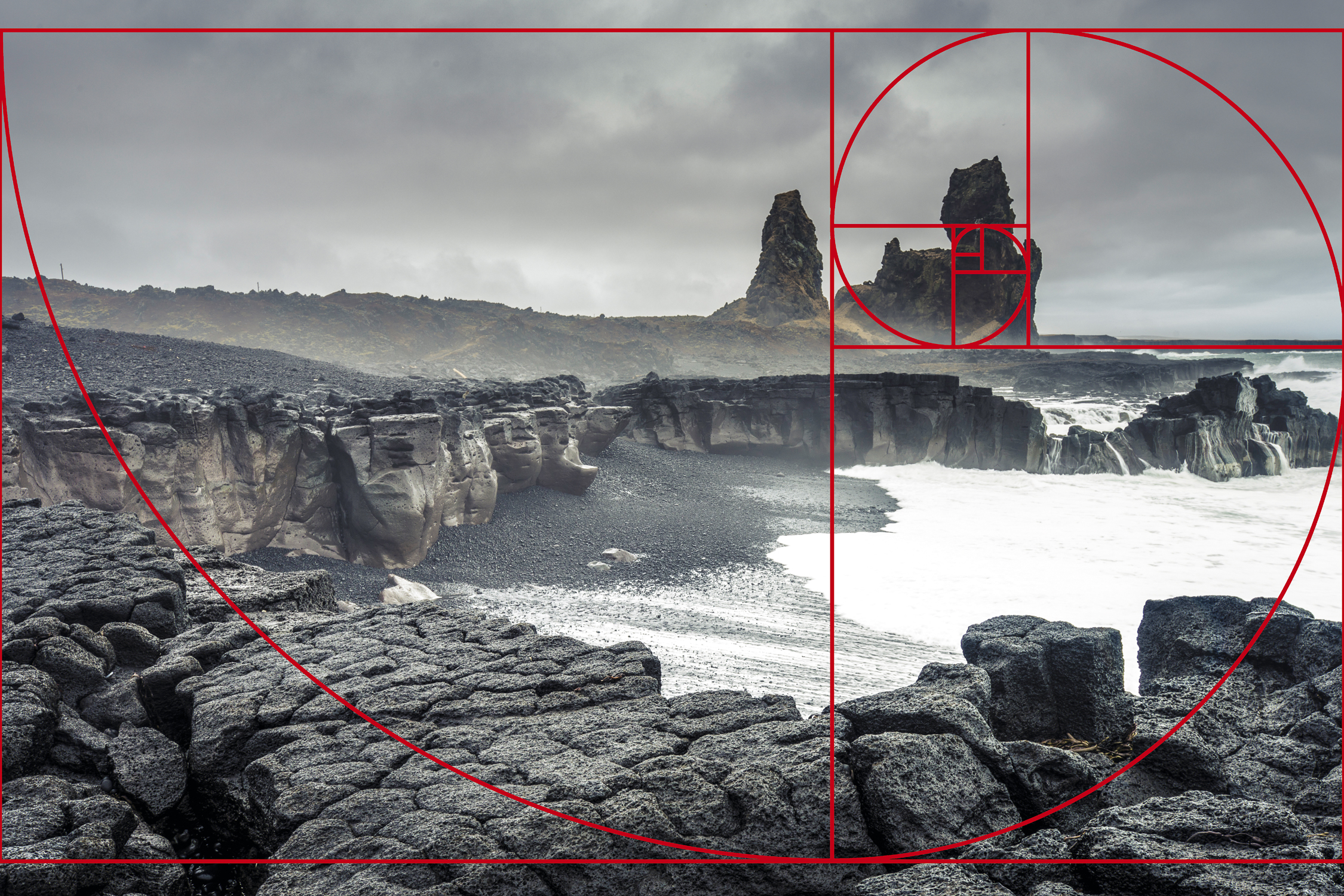These are the best cameras for kids in 2025, as recommended by real photographer parents
The best camera for kids should be simple but tough – here are my top picks as both a parent and photographer
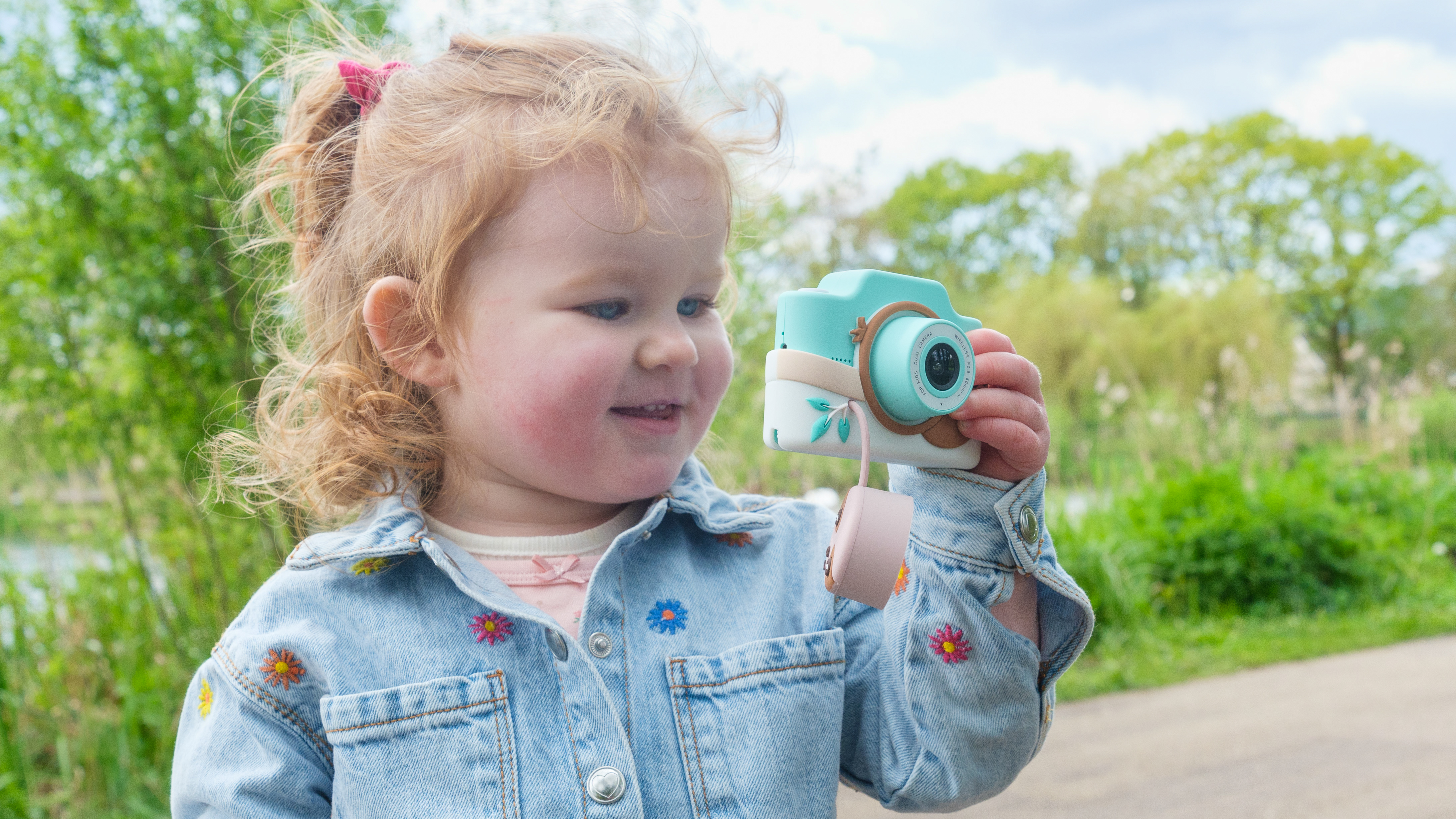
As both a pro photographer and mother of three, I've bought my fair share of kids' cameras – and I've also watched them get dropped, pounded on by a toy hammer, and doused in water. Some of them have annoying games inside, others break easily, but among the dizzying number of options, there are a few gems. The best cameras for kids have durable designs and simple controls, while still sparking a love for photography.
The best camera for the child in your life will depend on a few different factors – and the biggest one is age. The simple cameras made for three-year-olds will cue an inevitable eye roll from tweens. (If you have an older child, or teenager who is studying photography, take a look at our separate guide to the best cameras for students or the best cameras for beginners.)
The other key factor is price – and how long you expect your child to keep using that camera. Basic kid cameras are fun and affordable, but probably won't keep their interest for several years. That's why we've also included a few simple-to-use adult cameras on this list – waterproof compact cameras, hybrid cameras, and instant film cameras may be a bit pricier, but you'll get more years out of them (or even borrow them yourself).
From toddlers to tweens and every age in between, these are the best cameras for kids, chosen by actual parents (who also happen to be photographers).

Hillary K Grigonis has been interested in photography since she was a kid herself. Now, she's a professional photographer and tech journalist. As a mom of a teenager, a tween, and an elementary schooler, she's also spent more than a decade in the parenting trenches (and has bought more than a few cameras for her own kids).
Best camera for kids: our top picks
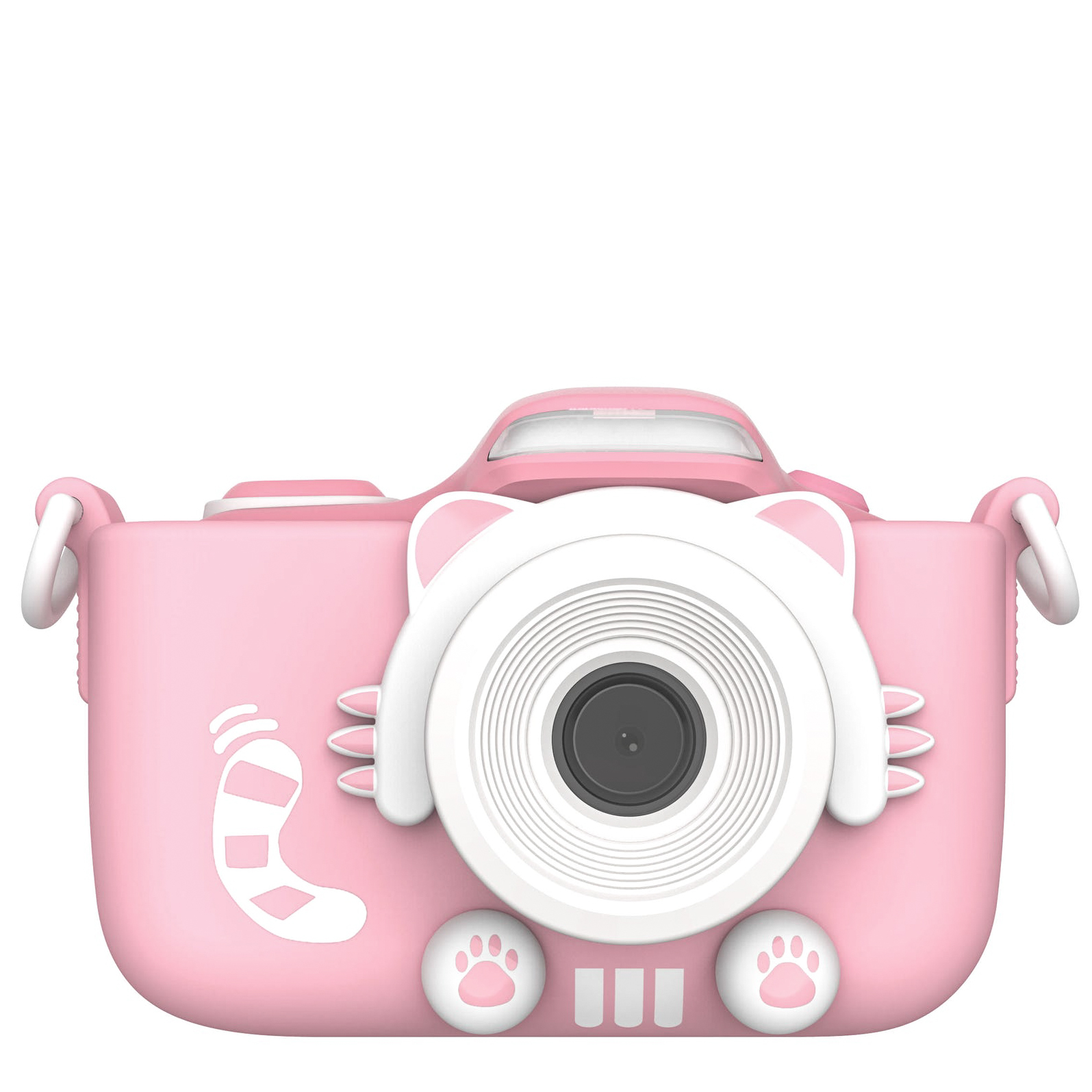
Best for camera for kids overall
I think this camera does a good job of appealing to a range of ages. There's a choice of fun colorful, animal-inspired designs for youngsters. Then there are practical features for older, more demanding, users – such as a selfie camera and high-resolution stills & video capture.
Read more
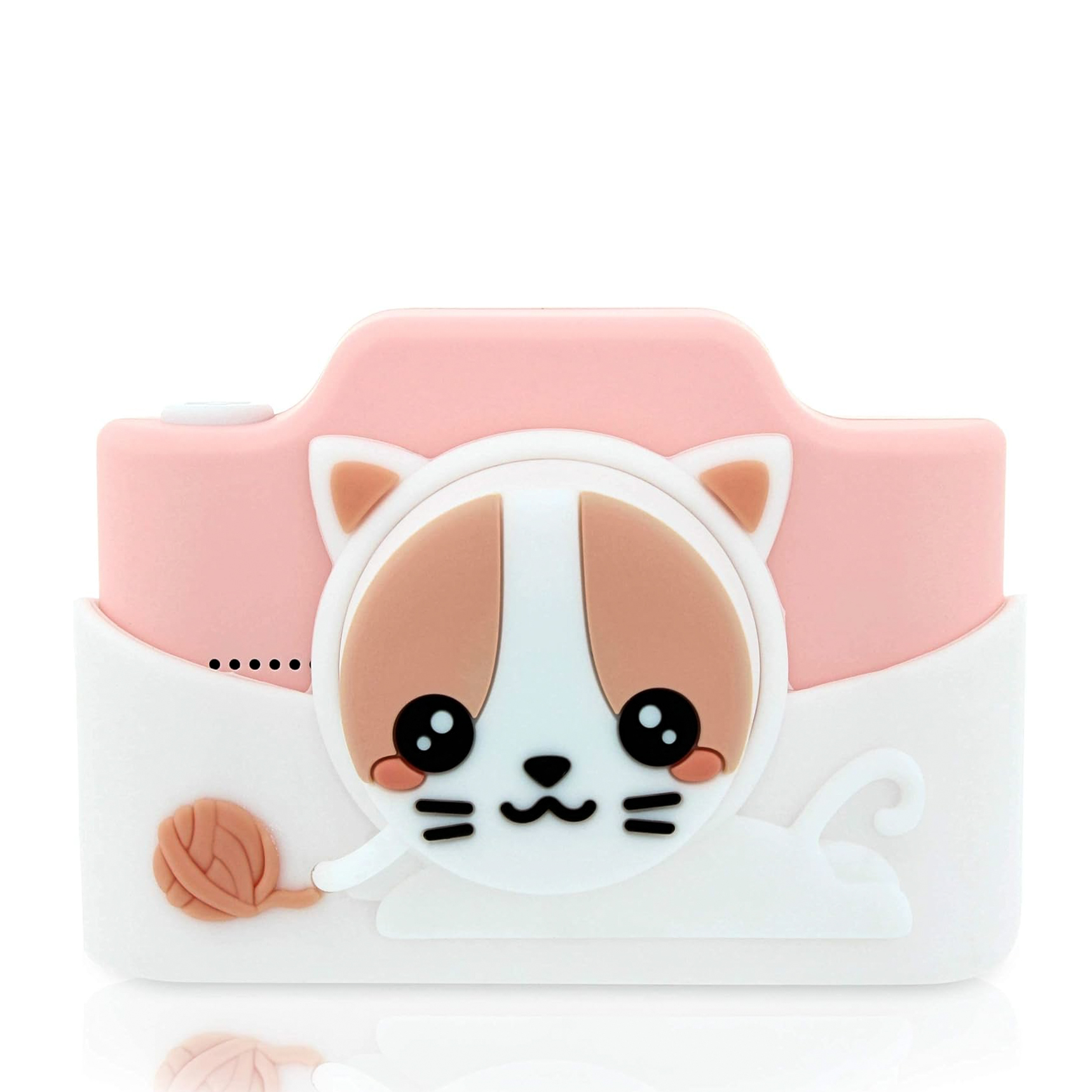
Best for ages 3-6
The Kidamento is an easy-to-use camera with a cute design, simple touchscreen, and no built-in games. It's a smart choice for young kids.
Read more
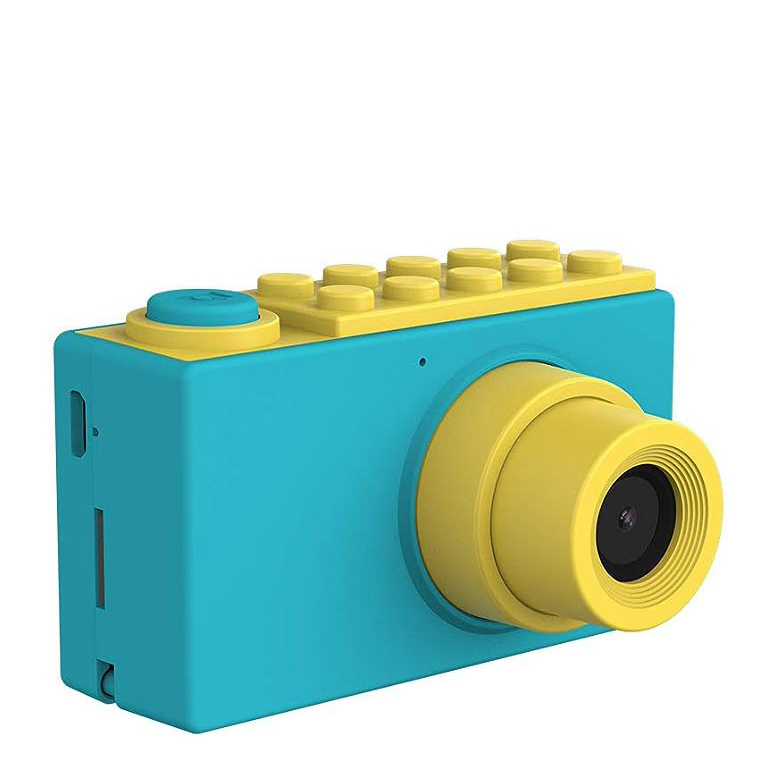
Best for ages 5-8
Aimed at young children rather than toddlers, this offers a decent 8MP stills resolution and can use standard microSD memory cards. The big appeal for me is that it comes with a waterproof housing for use in the pool or sea.
Read more
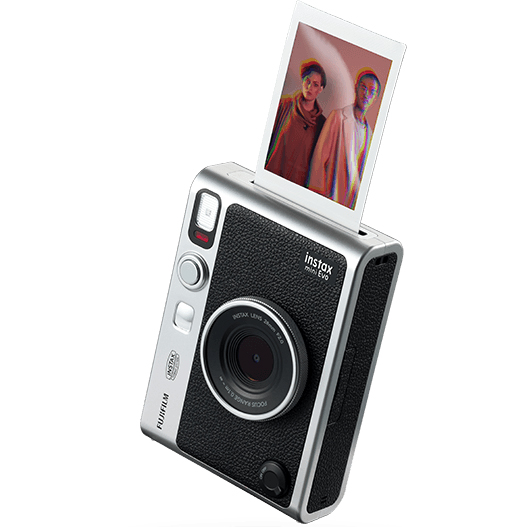
Best hybrid
The Instax Mini Evo is a hybrid digital camera that still spits out instant film prints. It's an adult camera, but is easy for older kids to use, plus tweens love to decorate their bedrooms with the photos.
Read more
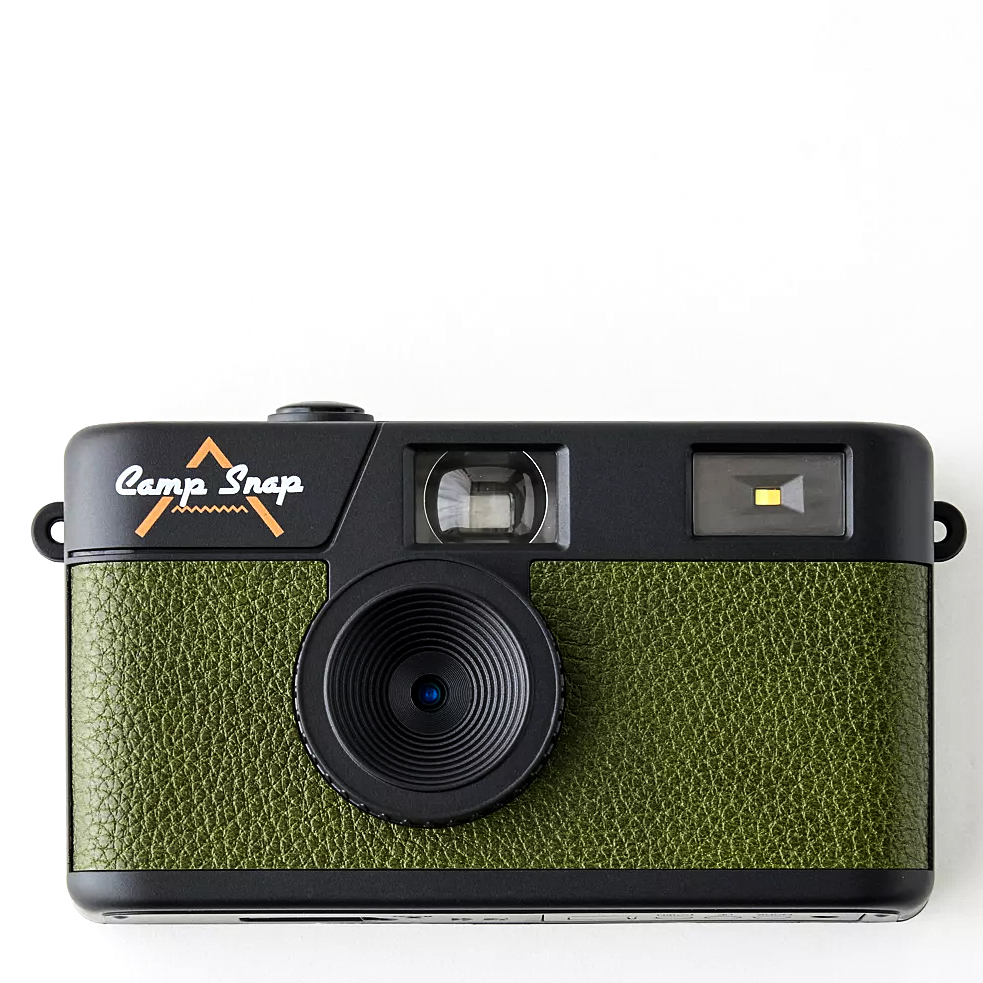
Best for retro
This trendy camera is a bit different from the norm... it shoots digital images, BUT it handles like an old-school film camera. There is no LCD screen to show you what you have just shot - you have to wait until you download your images to see the results.
Read more
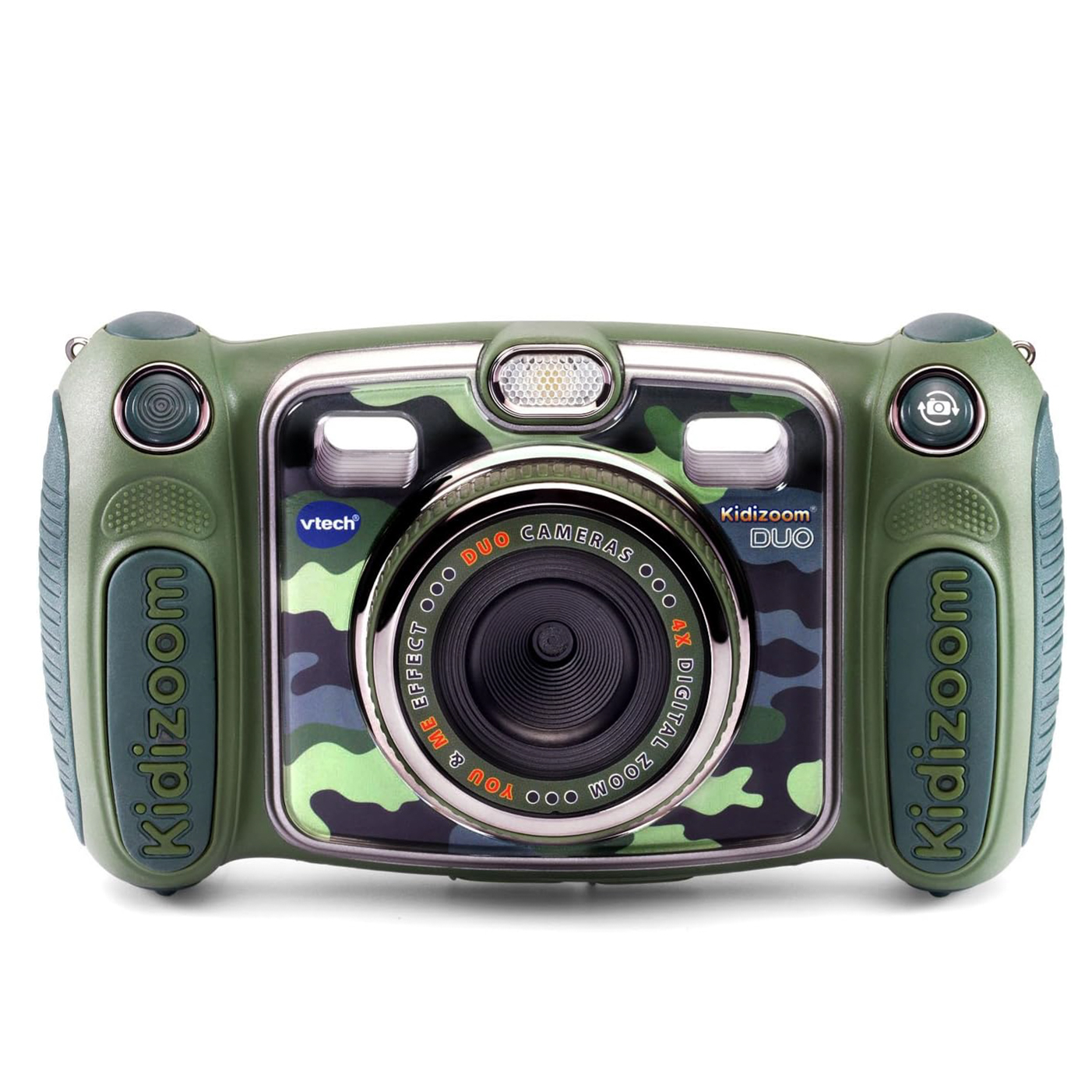
Best budget
The VTech Kidizoom is a longstanding line of kids cameras that I've gifted to my own children. The Kidizoom Duo FX is the latest model, a durable 8MP camera with simple controls and even parental controls.
Read more
Load the next three products

Best waterproof camera for kids
The Tough range has a long reputation in the rugged camera market. If you're looking for something waterproof, drop-proof, crush-proof and everything-proof, I can vouch for the TG-7! With a decent 4x optical zoom and 4K video, it takes great images too.
Read more
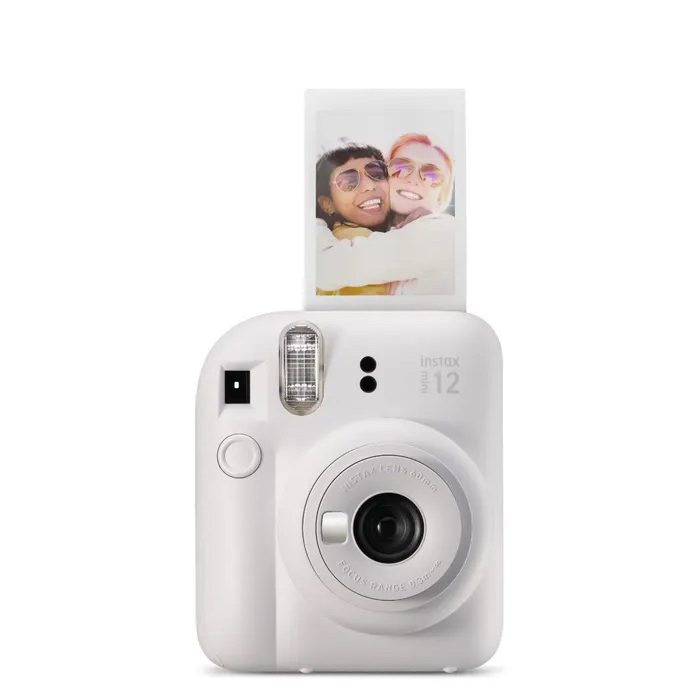
Best instant camera for kids
One of the easiest instant cameras to use, the new Instax Mini is a great choice for kids. Its autoexposure mode produces great results in a range of lighting conditions, and kids love the cute and compact prints it spits out as much as I do!
Read more

Cutest instant camera
This is the daintiest little instant camera - and its mini size makes this a particularly good choice for smaller kids. Prints are also smaller - and the film is more expensive than Instax Mini - so there is a price to pay for being the cutest.
Read more
The best camera for kids
Why you can trust Digital Camera World
Best camera for kids overall
Specifications
Reasons to buy
Reasons to avoid
This kids' camera does a great job of appealing to multiple ages. For the younger user, it comes with a shockproof pouch with an animal design – this both guards it against drops, and gives it more kiddie appeal. But as the child gets older this can be removed, and the user can start experimenting with more features.
I love that this model doesn't skimp on the specs, unlike some of its rivals. Stills resolution is a respectable 16MP, and video records in high-definition. What's more, the camera offers a front and rear lens – so you can use it to shoot selfies, which children will love. There's even a macro setting for close-ups, too. This costs more than some, but we think this model's features and performance mean it offers great value for money.
"The myFirst Camera 3 provides a fun and exciting introduction to photography," said Kalum in his review. "The FullHD camera for photos and video enables kids to capture the world through their own eyes. I tested this camera with the help of my 18-month-old daughter, a tad younger than the target market, but she had a blast all the same, and it sparked a real interest in taking photos. The video quality was a bit of a letdown, however, the photos were great and she loved seeing what she had taken when we got home."
Read Kalum's full myFirst Camera 3 review


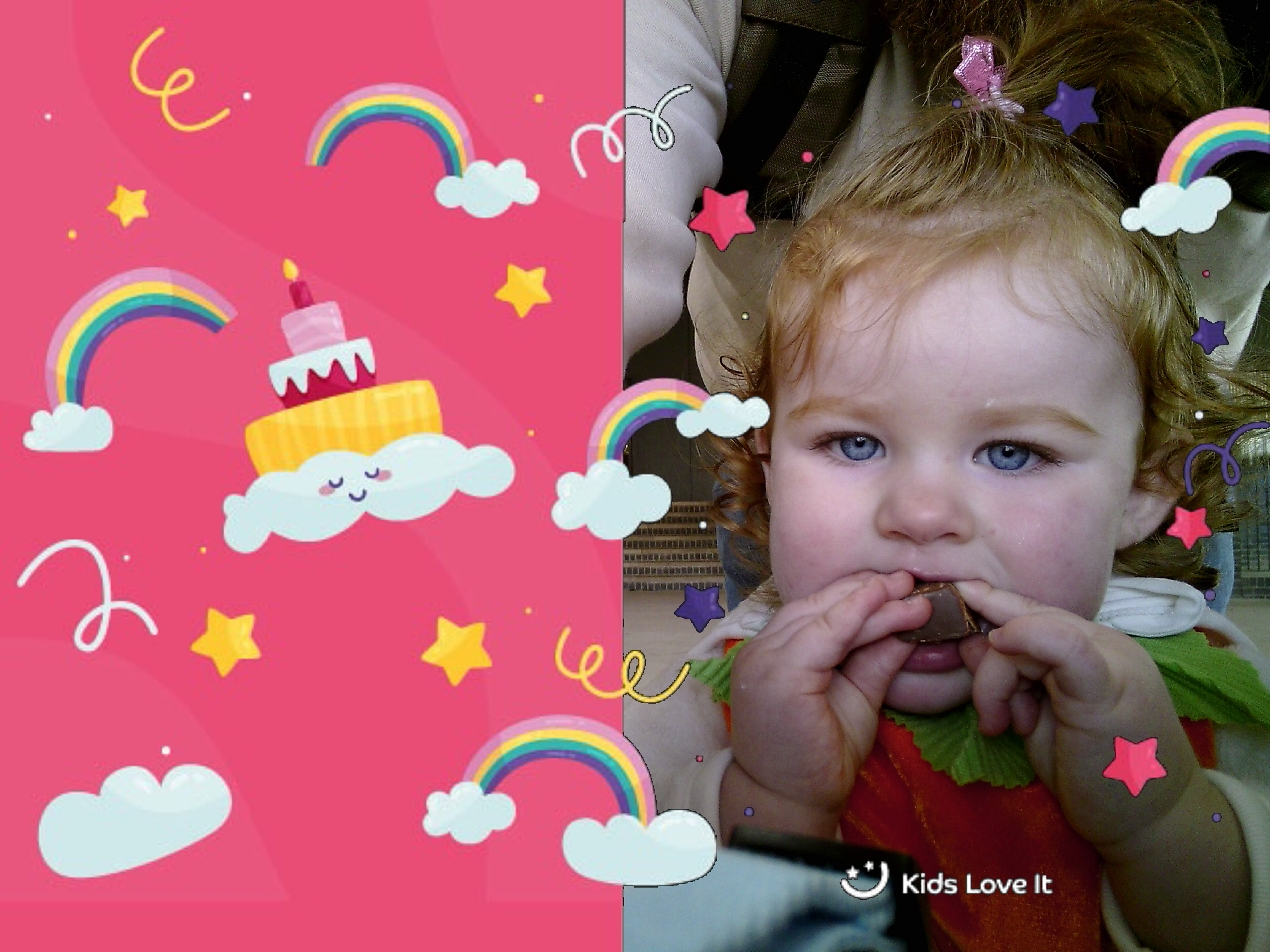
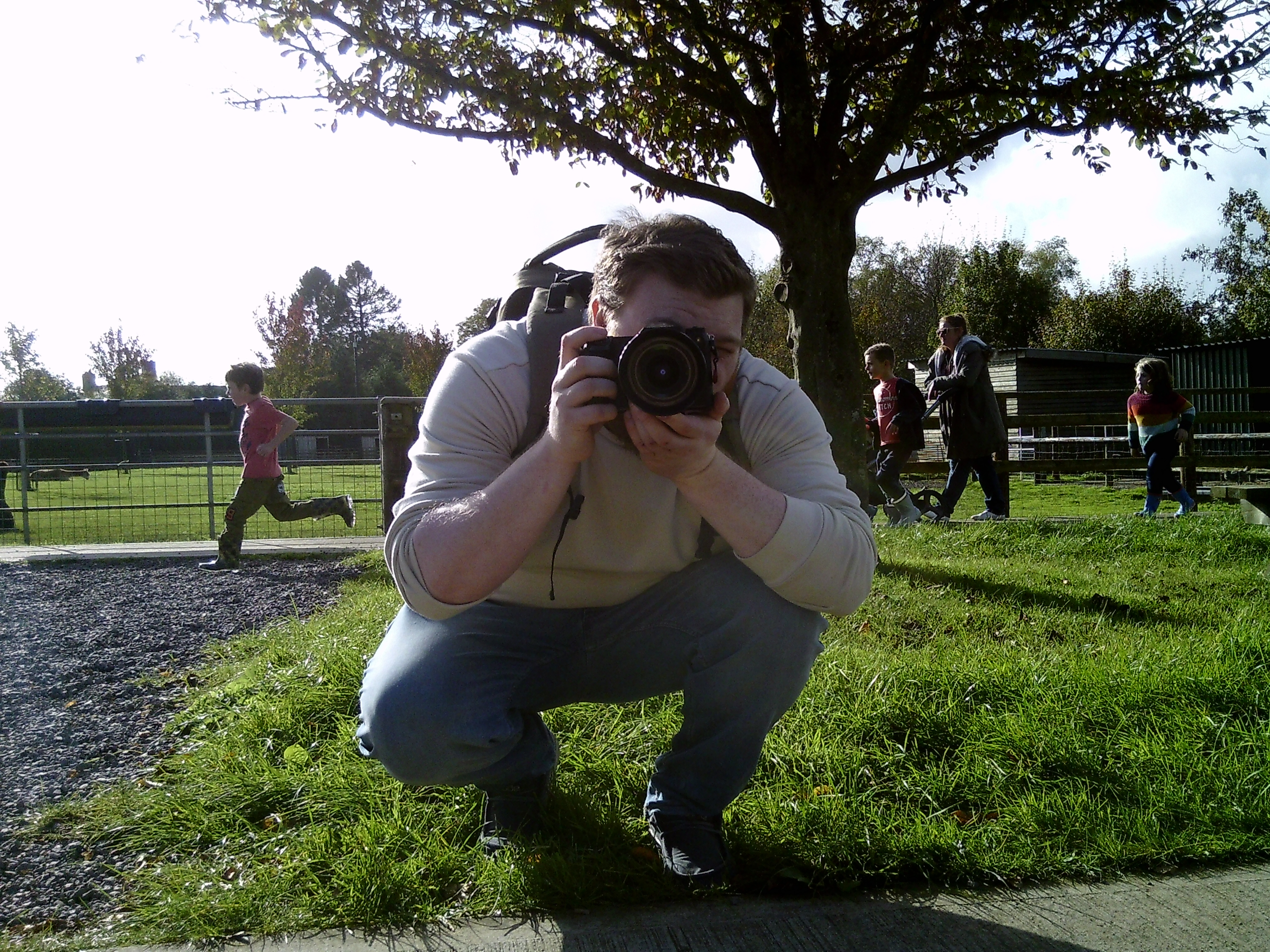
Best kids camera for ages 3-6
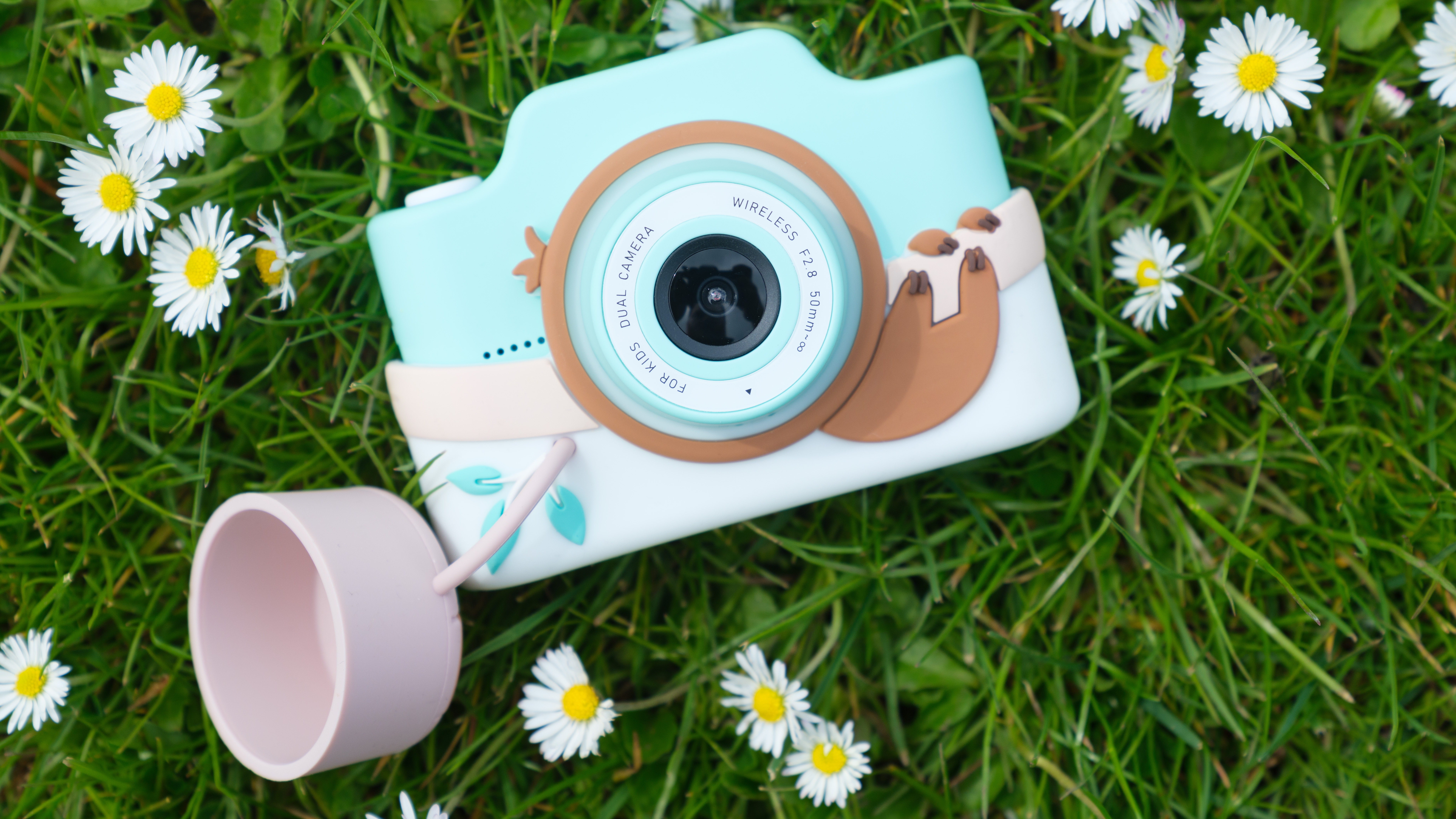
Specifications
Reasons to buy
Reasons to avoid
The Kidamento mixes simple controls with adorable animal designs that just makes kids want to pick them up. Like most cameras geared for the youngest users, the image quality is a fairly basic 5MP, with 1080p videos.
But what we love about the Kidamento is the kid-focused design that's both simple to use and fun. The Kidamento uses a touchscreen, which kids growing up in the era of smartphones and iPads are more likely to find intuitive to use.
The reason I bought a Kidamento for my own kid a few years back, however, is because of what it doesn't have: games. I don't count cameras as screen time for my kids, but if there are games on the camera, my child will inevitably find them. The Kidamento is just a camera, so I could head outside with my kid without having to remind him to get off the games.

Images taken with the Kidamento Model K
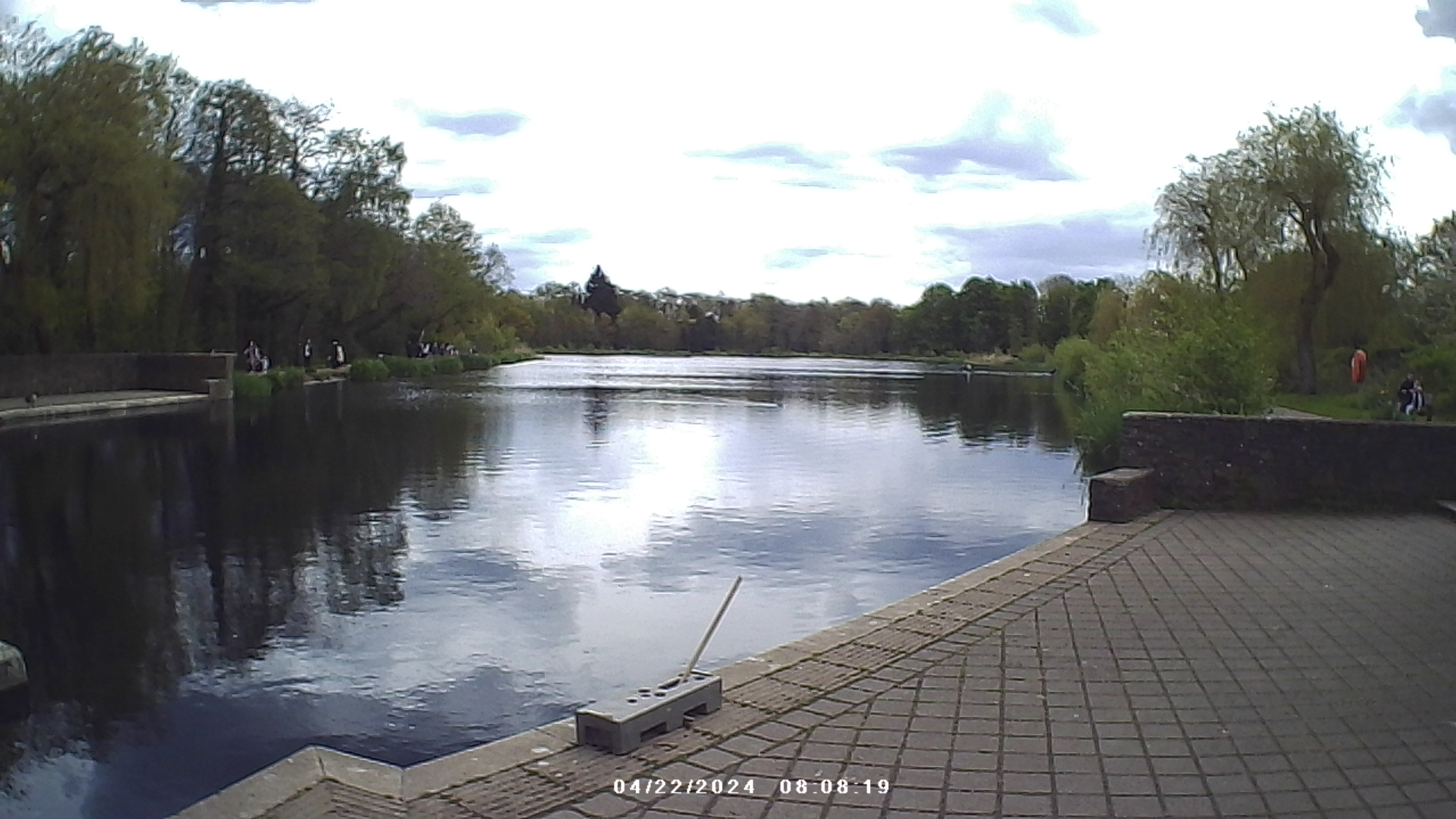
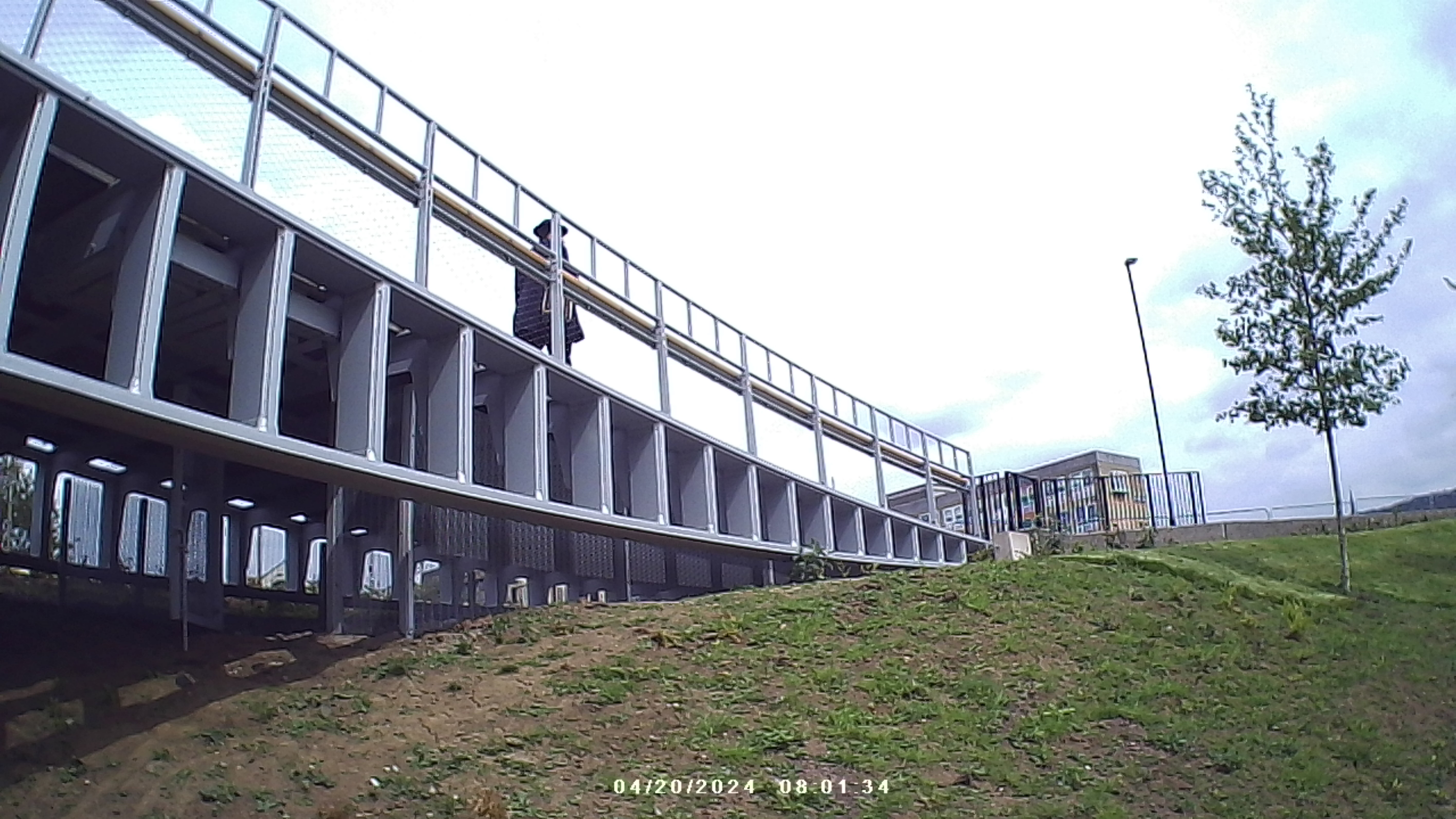

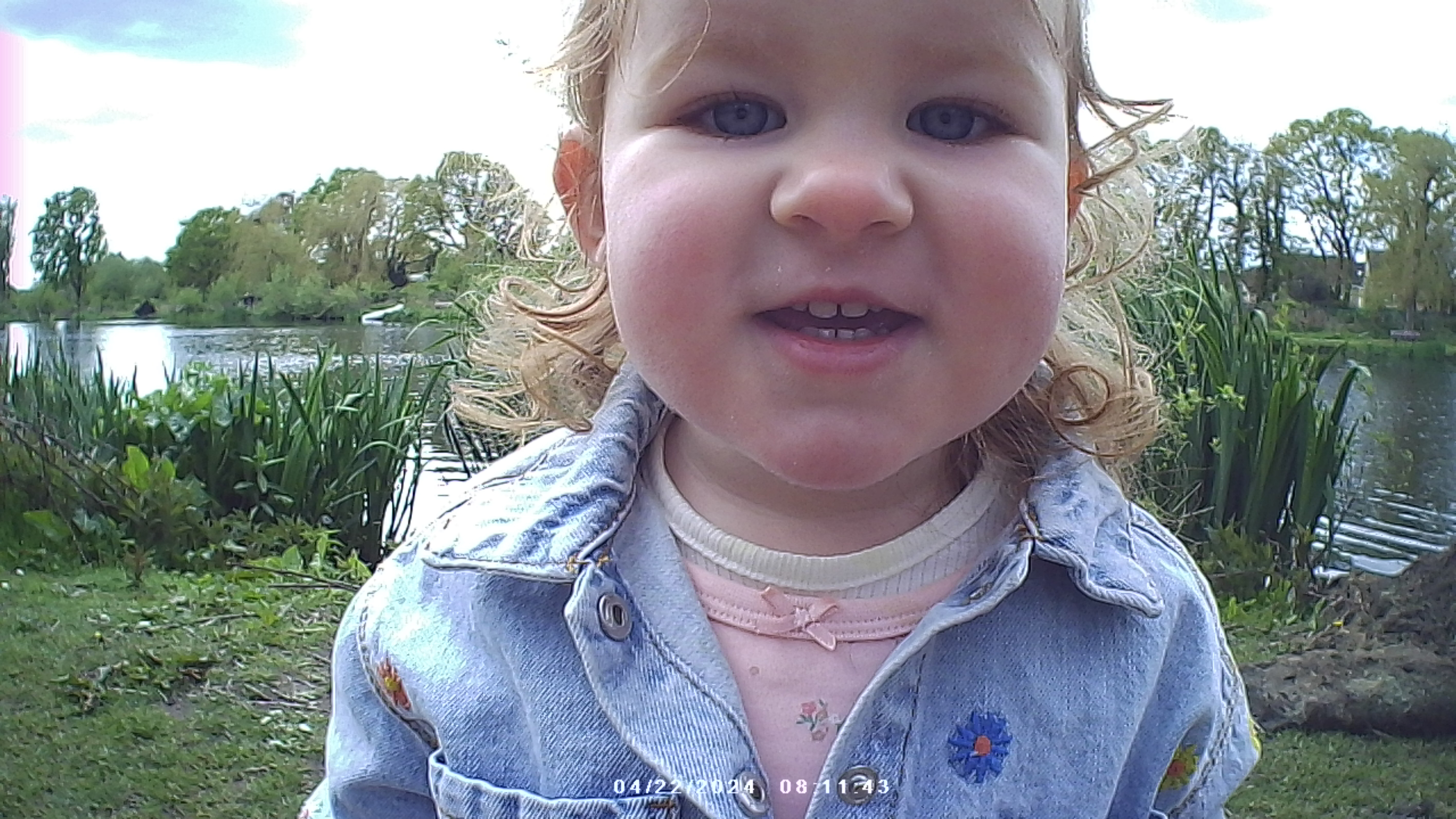
Best kids camera for ages 5-8
Specifications
Reasons to buy
Reasons to avoid
This 8MP camera is designed for kids aged around 4-8, and comes with a decent set of features to keep the curious mind occupied. Despite its resolution, video quality is reduced to a very low-res 320x240 pixels.
An appeal of this model is that it comes supplied with a waterproof housing, which can be used at depths of up to 10ft / 3m, but you do need to check that the housing is secured properly before diving into the pool! Another fiddly operation is inserting and removing the supplied microSD card, but this does at least mean that the user can take lots and lots of pictures. Available in bluish or pinkish colors to suit different tastes!
"The Oaxis myFirst Camera 2 is the perfect kids' vacation camera!" beamed my colleague Kalum in his review. He was impressed with its ability to capture good image quality, and commented on the robust design that enables kids to have fun without you having to worry about them breaking the camera. There's a waterproof housing that comes as standard - allowing your kids to take the KidiZoom in the swimming pool or sea. The video quality is its the only disappointment, but that didn't take away from the great experience Kalum and his daughter had with this camera!
Read Kalum's full My First Camera 2 review
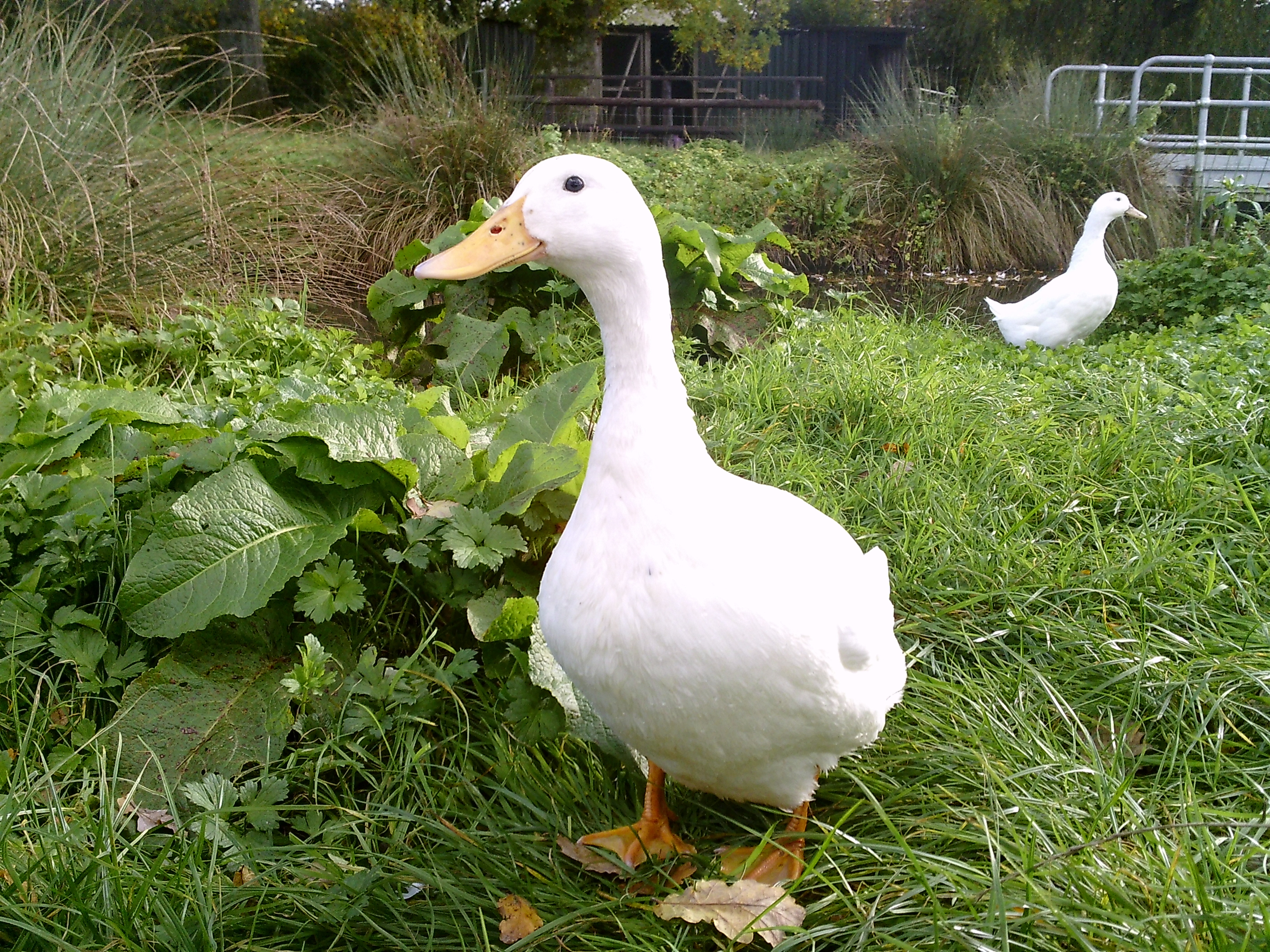
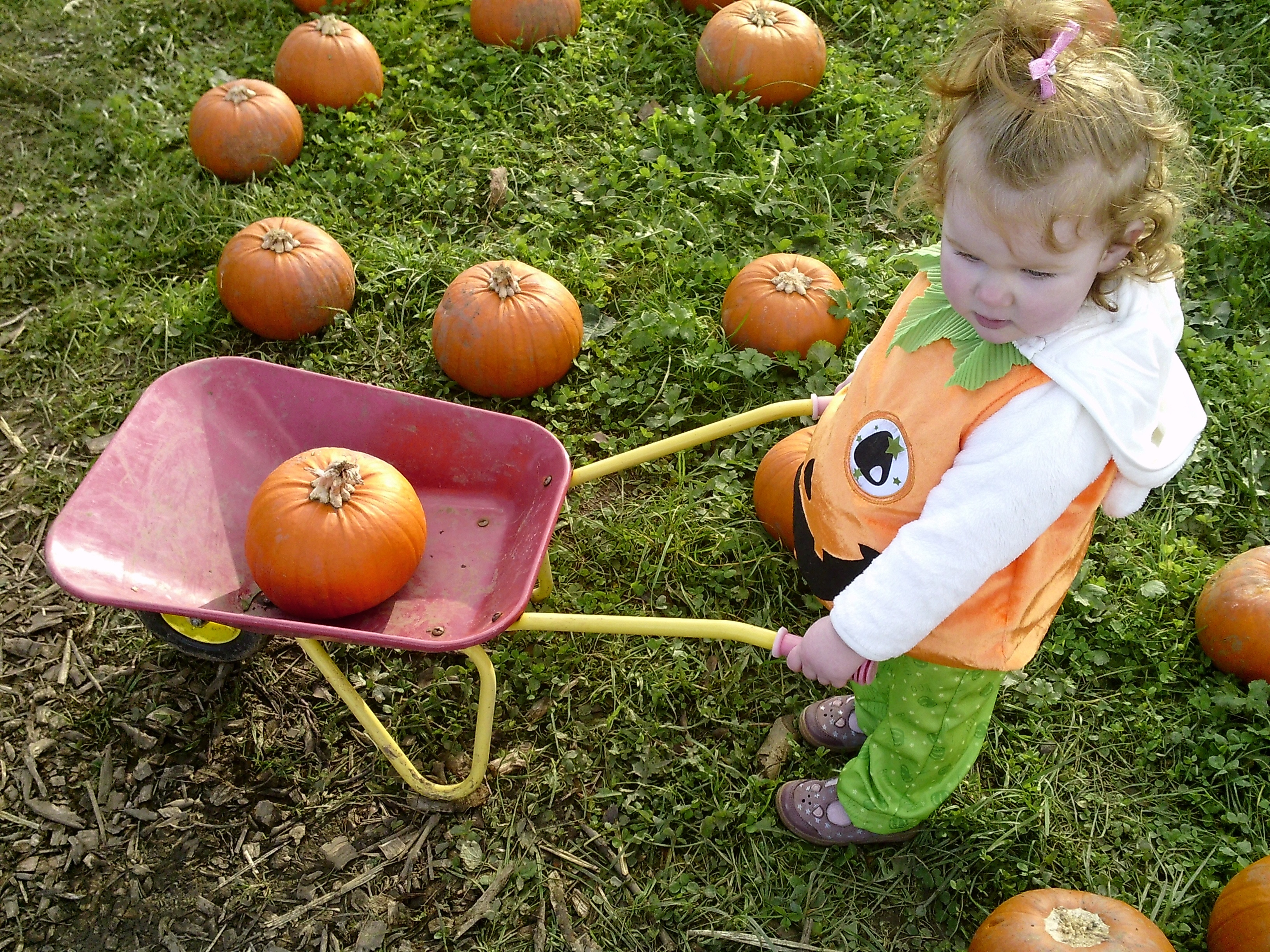
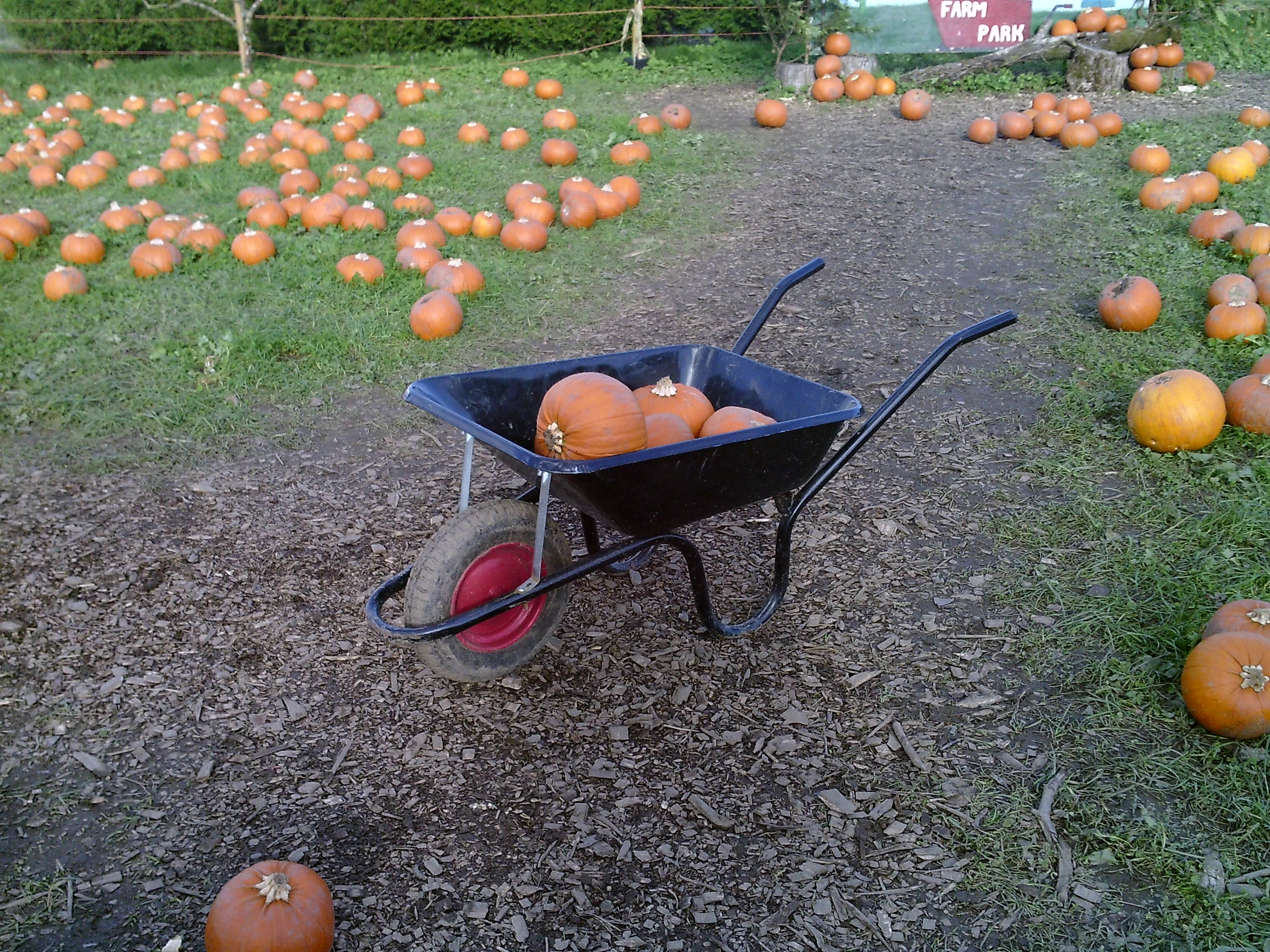
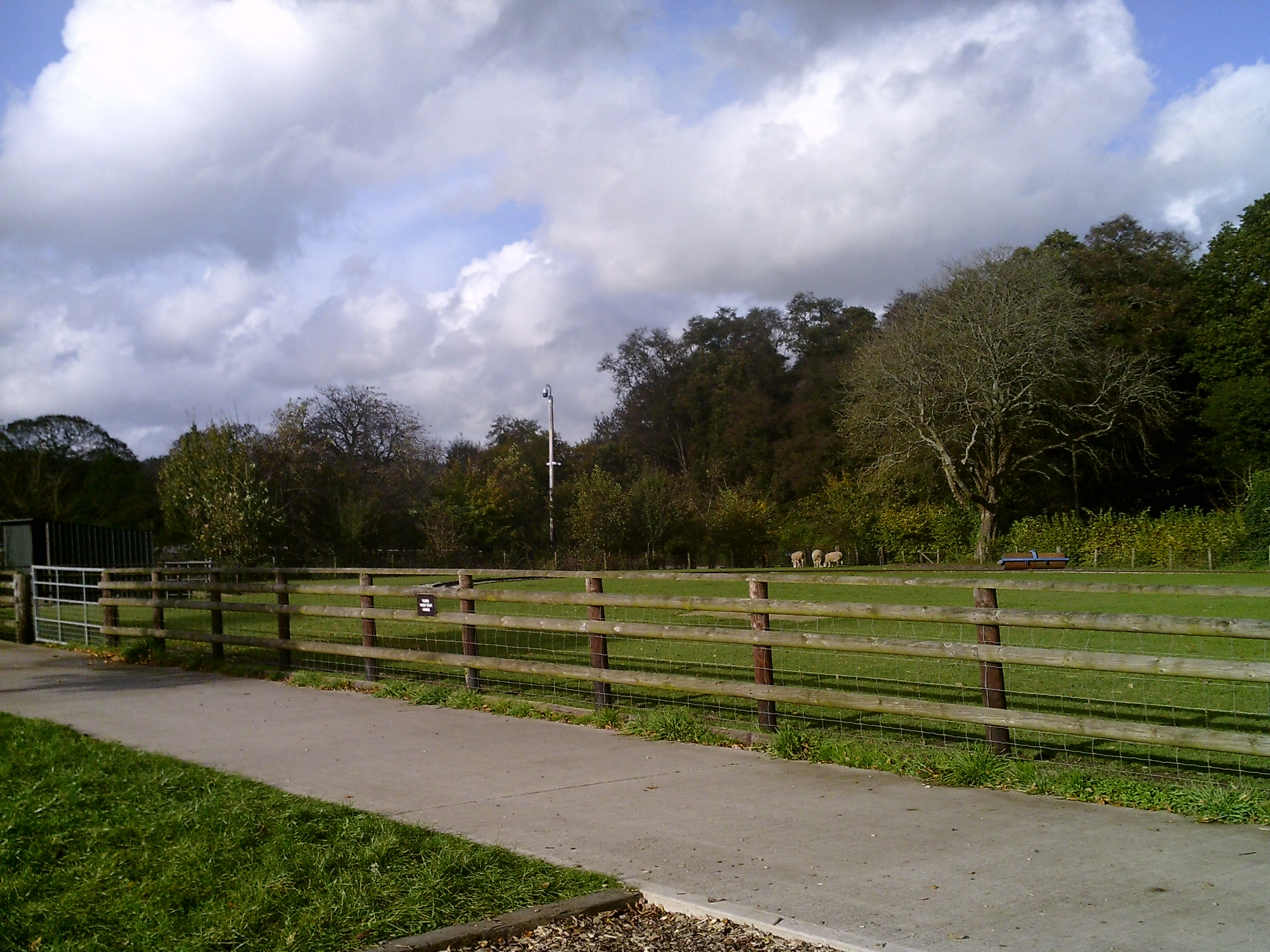
Best camera for tweens ages 8-12

Specifications
Reasons to buy
Reasons to avoid
When my daughter was about 8-years-old, I gifted her one of my favorite affordable cameras: The Instax Mini Evo. She's now ten, and she still uses this camera, which speaks to both its durability and longevity.
The Instax Mini Evo isn't a camera designed specifically for kids – adults can use it too, which means tweens are still likely to continue using it for several years. There are a few different reasons I love the Evo for tweens. First, the Instax Mini Evo is a hybrid camera; it saves digital images, but there's a built-in printer that uses real instant film. This is perfect for giving young users the experience of film, while still allowing them to keep taking photos once they run out of film.
The other reason I love this for youth who aren't quite kids but aren't quite teenagers is that the prints are perfect for giving to friends and decorating bedrooms. (My daughter has a string light with clips on it for hanging her Instax photos.)
Because the Instax Mini Evo isn't made specifically for kids, there are a few more controls on the camera, which can be used to add a number of different special effects, like double exposures and black and white. The controls don't seem too daunting for my daughter, even when she was eight, but if you want the simplest possible camera, the Instax Mini LiPlay+ has a similar hybrid design, but fewer controls. I think the added special effects and retro look make the Evo the better option, but the LiPlay isn't a bad buy either.
Read the full Instax Mini Evo review
Best screen-free kids camera
Specifications
Reasons to buy
Reasons to avoid
Disposable film cameras are becoming more popular in schools and camps (where smartphones may not be allowed). The Camp Snap feels like a disposable film camera, but it's actually an 8MP digital camera, so there's no film to purchase and develop.
The reason Camp Snap feels like the digital version of a disposable film camera is because of what's missing: the screen. There's a small viewfinder to compose the shots, but no screen at all. As such, this handles much like a basic film compact, or disposable camera - so you can't see your images straight after you have shot them.
Apart from the shutter release, you only get a button to control the built-in flash. The only display is a simple LED on the back that tells you how many photos you have taken. The simplicity does mean that a child of any age could use it. However, with no screen, you need to think more carefully about framing your subject - the optical viewfinder is not very accurate, and there is a noticeable delay when pressing the shutter release.
My kids have used the Camp Snap as young as five. The design is so simple, though, I think even a three-year-old could use it. However, it will require an adult's assistance to view the images on a computer or smartphone using a USB-C cable. It's a great option for parents looking for a camera that doesn't have games on it for younger kids, as well as older kids looking for a disposable camera alternative to take to school or camp.
See our full Camp Snap review
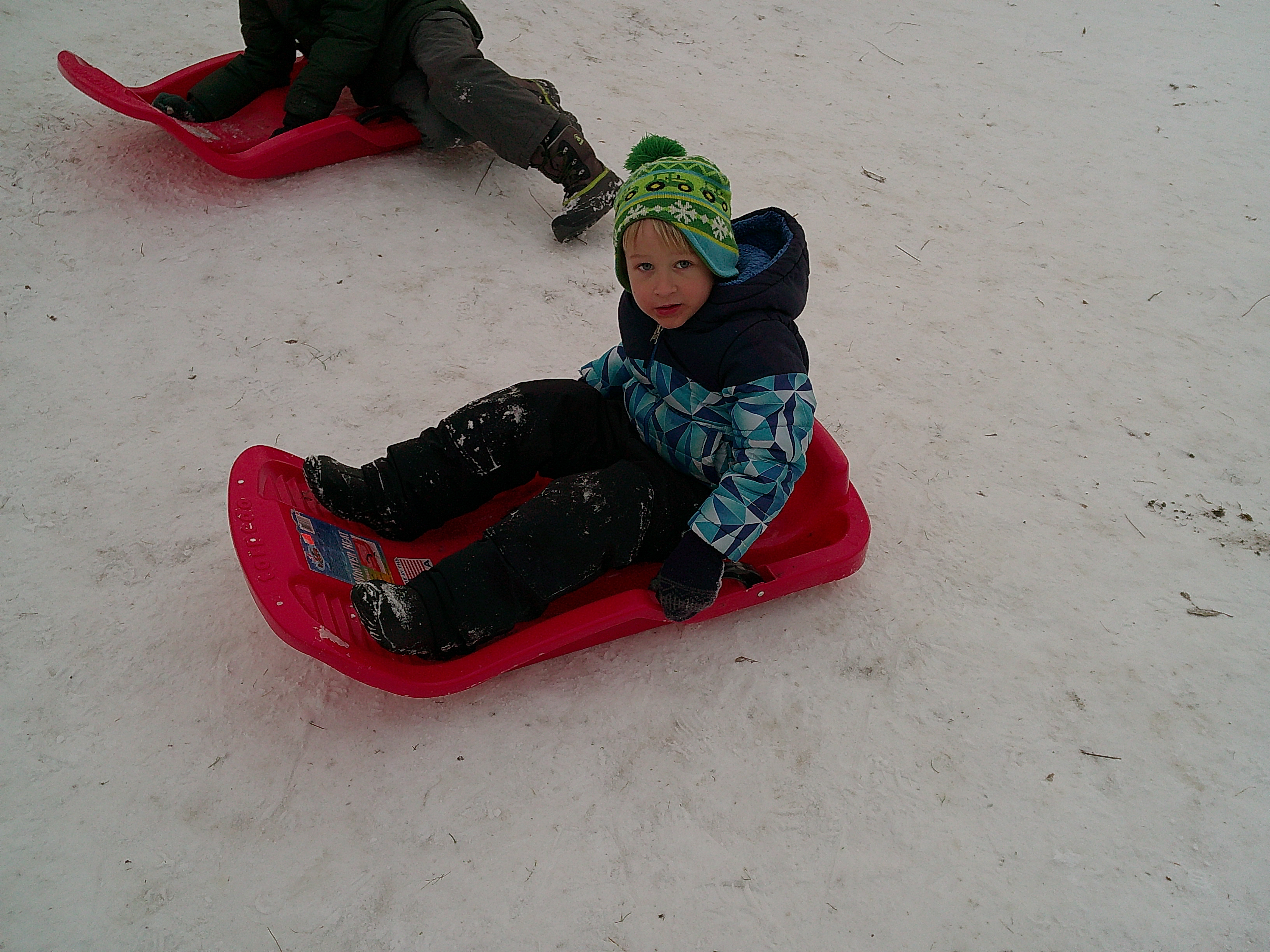
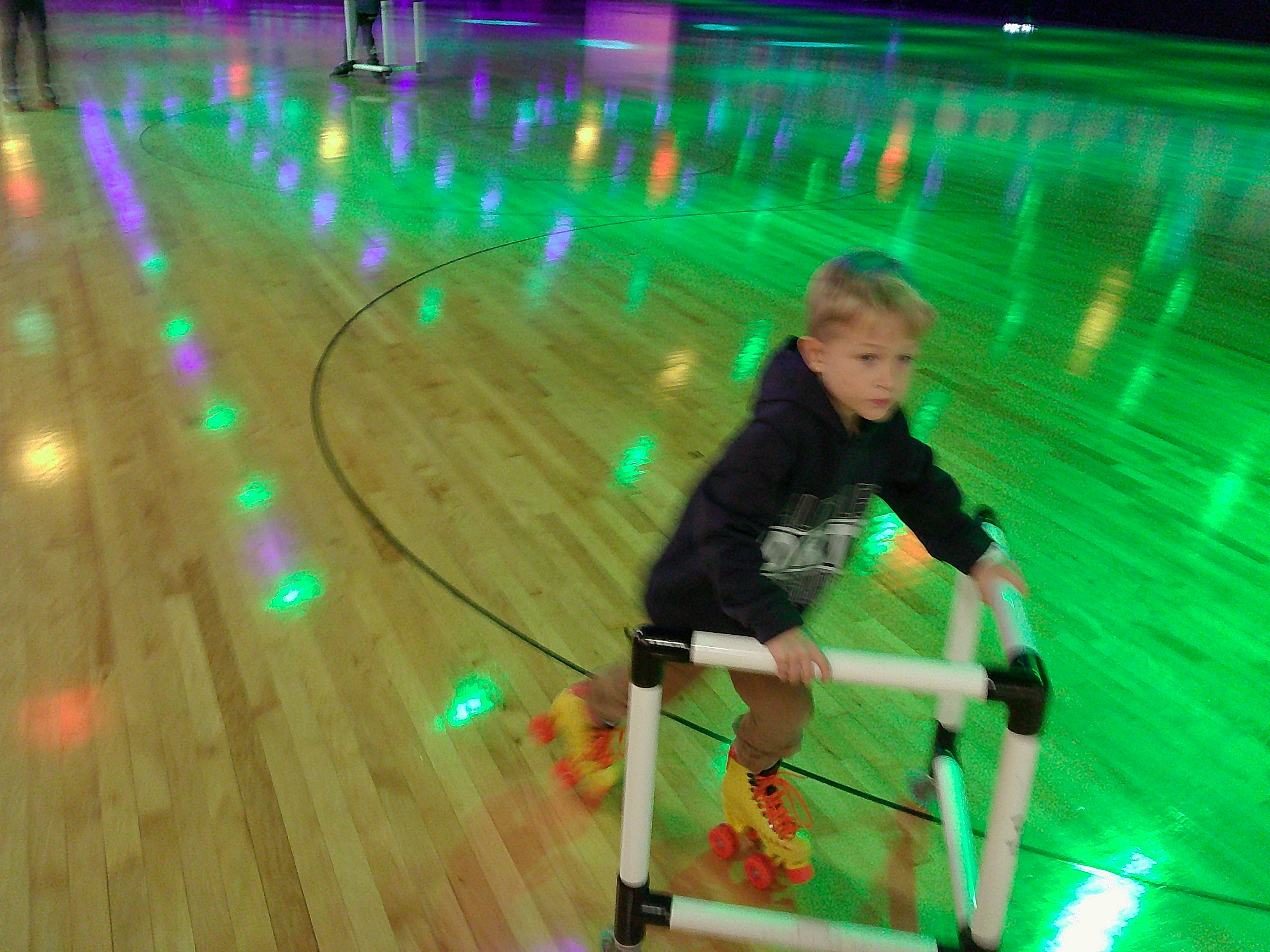



Best budget kids camera
6. VTech KidiZoom Duo FX
Our expert review:
Specifications
Reasons to buy
Reasons to avoid
VTech Kidizoom is a longstanding line of durable cameras designed for young kids. The series has been known for its durability and kid-friendly features – we gave the previous version a 4.5-star review.
The newest in the series is the VTech Kidizoom FX – and it brings a number of updates, including an 8MP main camera, in-camera effects, and even the ability to double as an MP3 player by adding a microSD card and a pair of headphones. While we haven't tested this exact model yet, based on our experience with previous models and customer reviews, I am still confident recommending it for preschoolers and early elementary-aged children.
One of the reasons we loved the previous models is for durability, and that looks to be still in place with the newest model. Resolution has increased to 8MP, with a 2MP selfie camera, but keep expectations for the image quality in line with a camera of this price point. A 2.3-inch screen allows the youngest users to review the photos and play games.
A key feature, however, is the parental controls. That allows parents to turn off the games that come with it or set a time limit.
Best rugged camera for kids
Specifications
Reasons to buy
Reasons to avoid
Most basic point-and-shoot cameras are simple enough that young kids could use them – the problem is they tend to break easily. That's not the case with waterproof compacts like the OM System TG-7. This is a camera that I've used myself for beach vacations, and I bought the previous version for my own child when he was a tween.
How rugged is it? As well as being waterproof to 50ft / 15m, the camera can survive being dropped from 7ft / 2.1m as well as being crushed by anything up to 220lbs / 100kg (and it's also freezeproof to -10°C / 14°F, should it somehow get left in the fridge or freezer!). In short, no matter what your kids do to it or how hard they play with it, they won't be able to break it!
It's quite an advanced camera, with lots of features and functions (such as excellent macro and microscope modes) should you want them, as well as a crisp 4K video for filming adventures, and has a great zoom range of 25-100mm. So it's a very capable imaging device if your youngsters want to learn about proper photography. (Or if you want to give your kid a camera that you may even steal to take photos of them at the pool and the beach).
Read my full OM System Tough TG-7 review



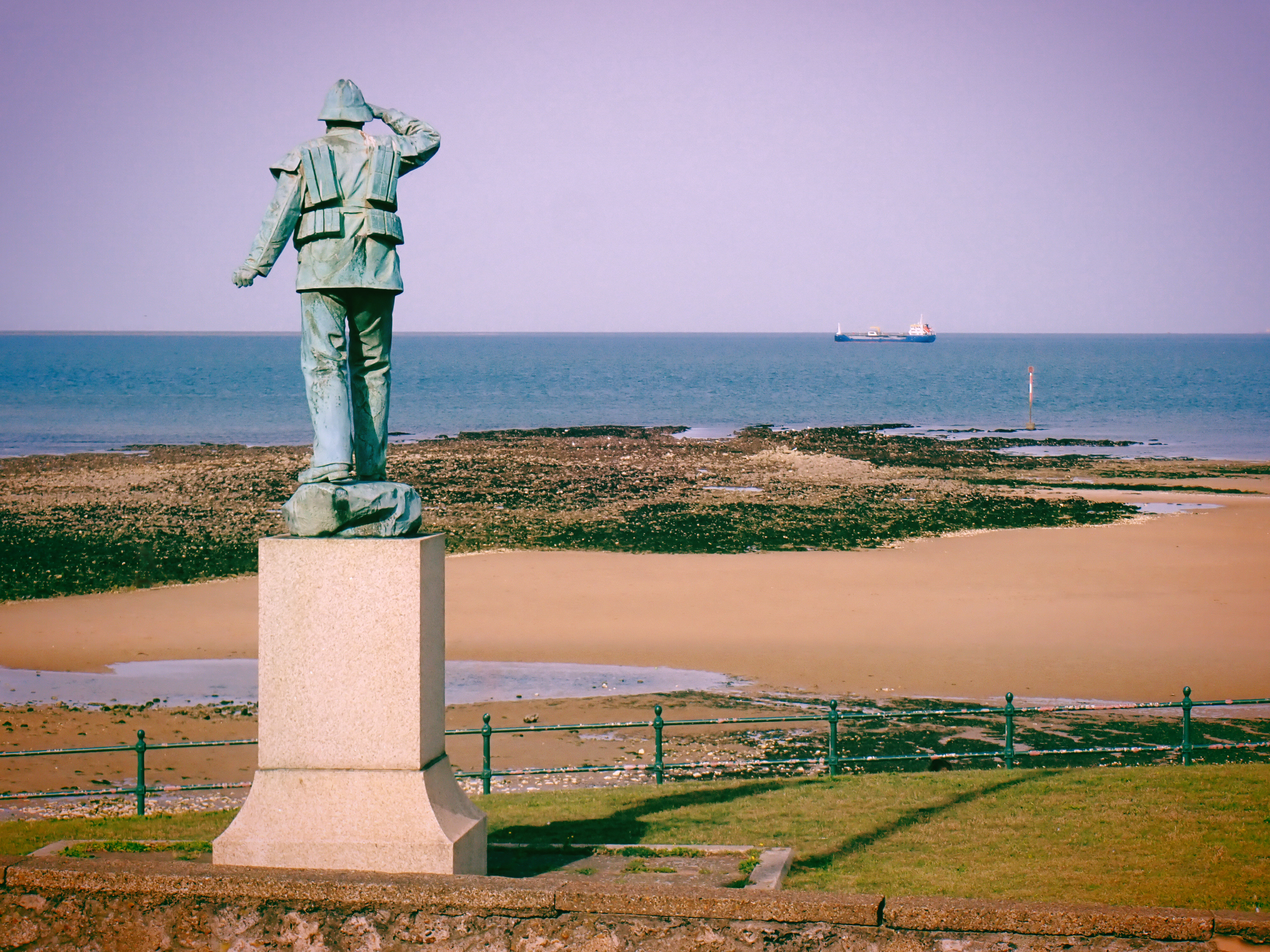
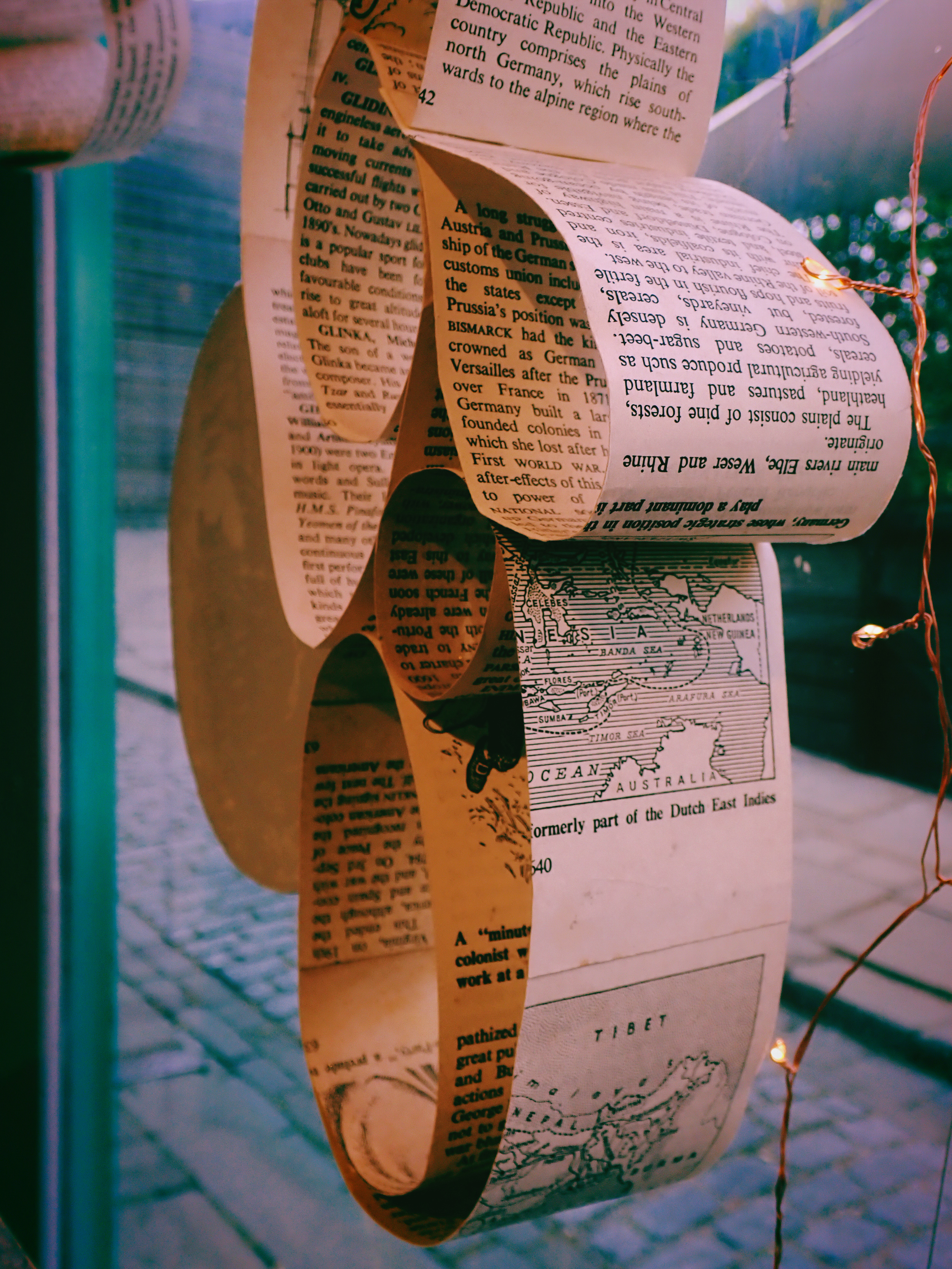
Best instant camera for kids
Specifications
Reasons to buy
Reasons to avoid
One of the easiest Instax cameras to use, this recent version of the trusty Mini series is a great choice for kids. Its autoexposure mode produces great results in a range of lighting conditions, and though it can be a bit temperamental sometimes, kids love the cute, compact images it spits out just as much as I do!
Instax prints look great as ever, small and full of fun, and loading them is as easy as it ever was. The camera is powered by two regular AA batteries, and the flash reliably gives every image a burst of light (and I do mean every image, as there's no way to disable it). Inexpensive, user-friendly, and full of fun, kids big and small will have a great time with this one.
I should point out, of course, that Instax film isn't exactly cheap, so it costs money every time a photo is taken. That said, kids absolutely love having a physical photo and seeing the results of their pictures as a tangible thing rather than an ephemeral image on a screen.
Read our full Instax Mini 12 review
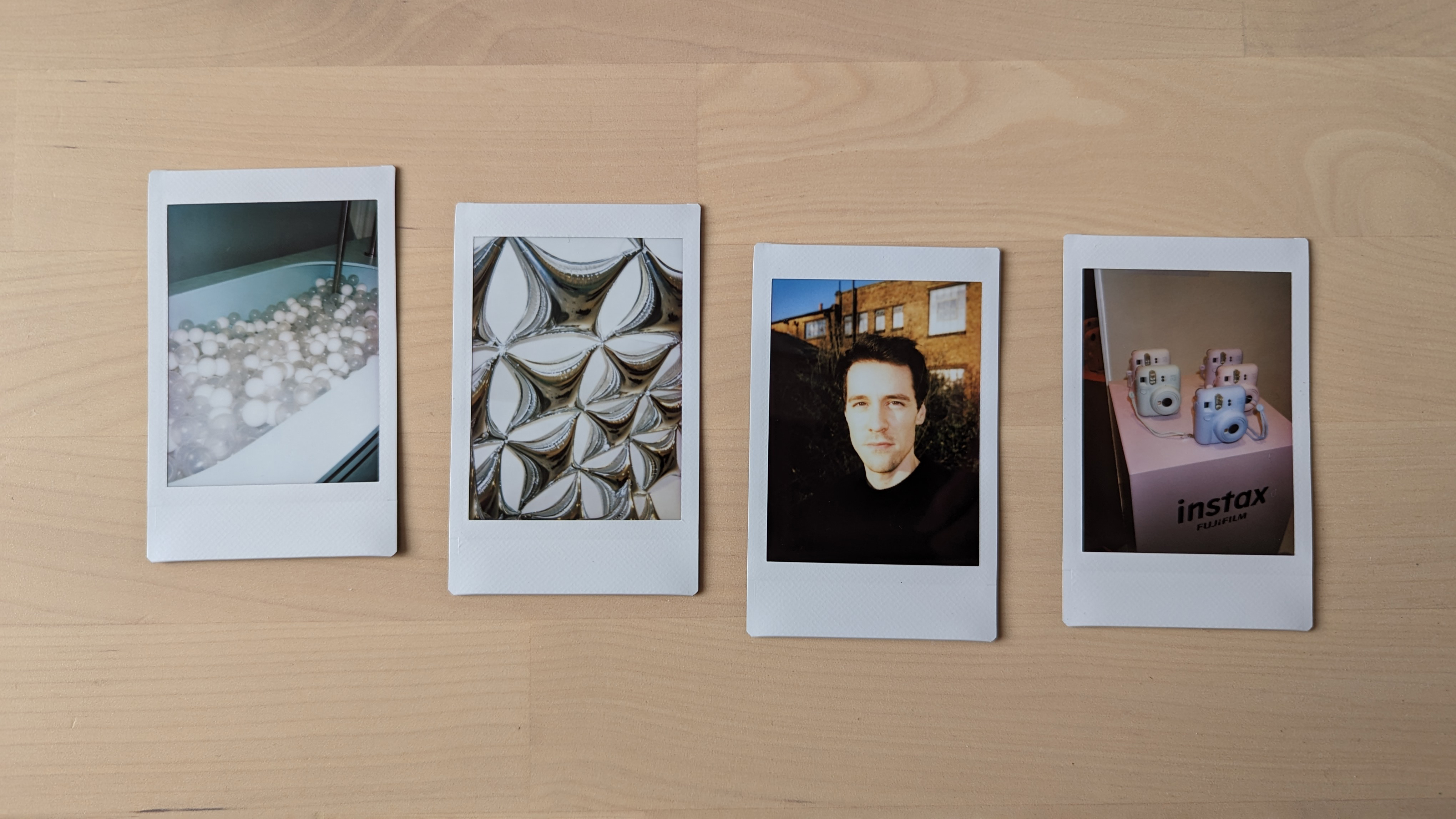
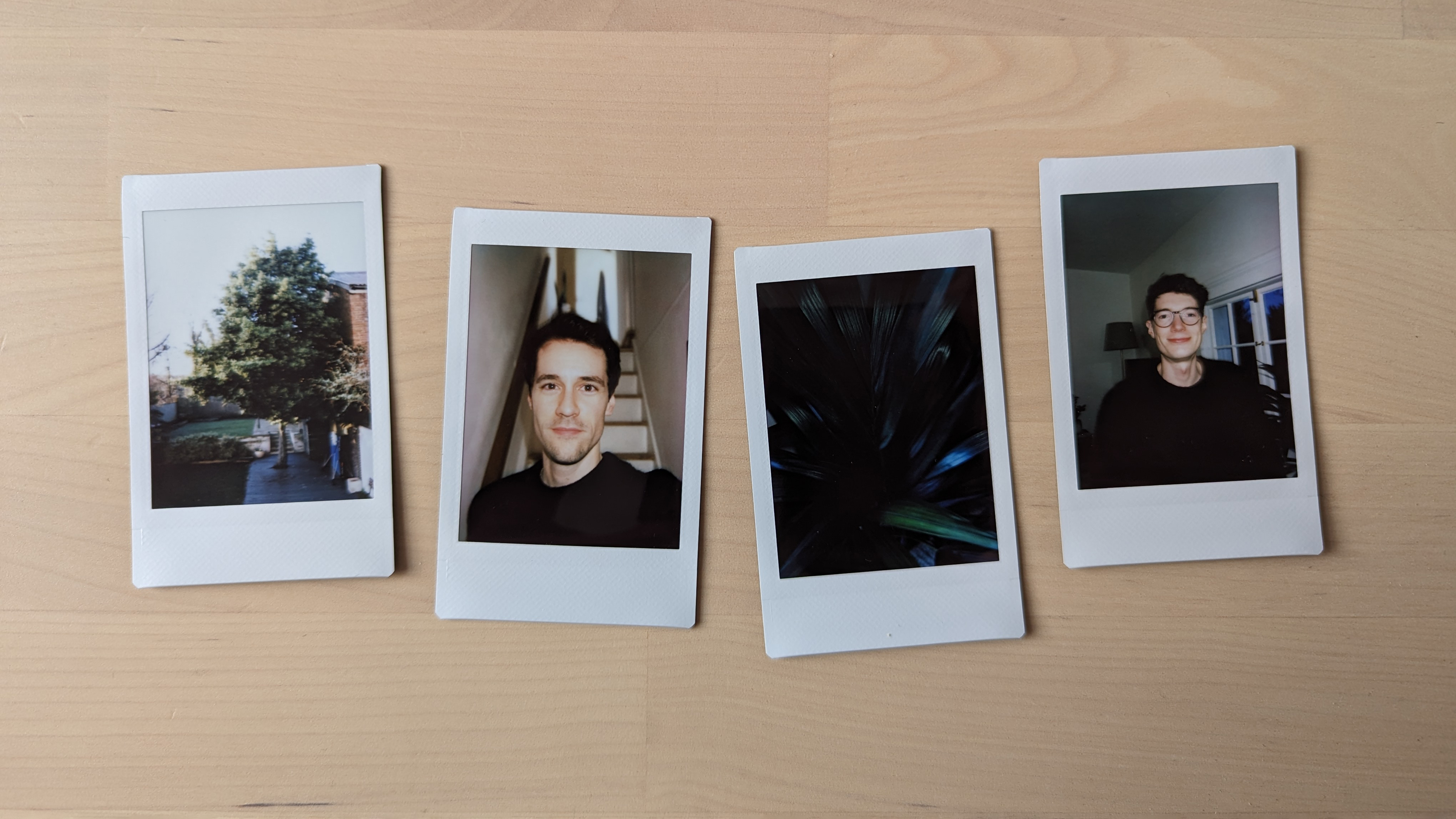
Best cute instant camera for kids
Specifications
Reasons to buy
Reasons to avoid
The Polaroid Go is a palm-sized camera that kids will fall in love with faster than it takes a photo to develop. Bigger instant cameras balance exposures better, and rival Instax Mini cameras deliver slightly better image quality indoors – but neither are as fun to use as the Go, which still produces pleasing pics.
As you can see in the above photo of our reviewer holding it, the Polaroid Go is positively tiny in adult mitts (kind of a dainty hamburger size) but it's the perfect proportions for a child's hands. And while plain white or black aren't the typical colors for kiddy cameras, I've never seen a kid resist the urge to pick this up (after all, plenty of kids play with their parents' white or black smartphones)!
A consideration is that Instax Mini film works out cheaper than Polaroid Go film, but then you'll also need to replace those AA batteries on the Mini whereas the latest Go you just needs USB-C to top up the power. And the Go boasts double exposures, which you won't get unless you opt for pricier options like the Instax Mini 90. A fun and funky little camera, the Polaroid Go is ideal for little hands to get started with.
Read my full Polaroid Go Generation 2 review


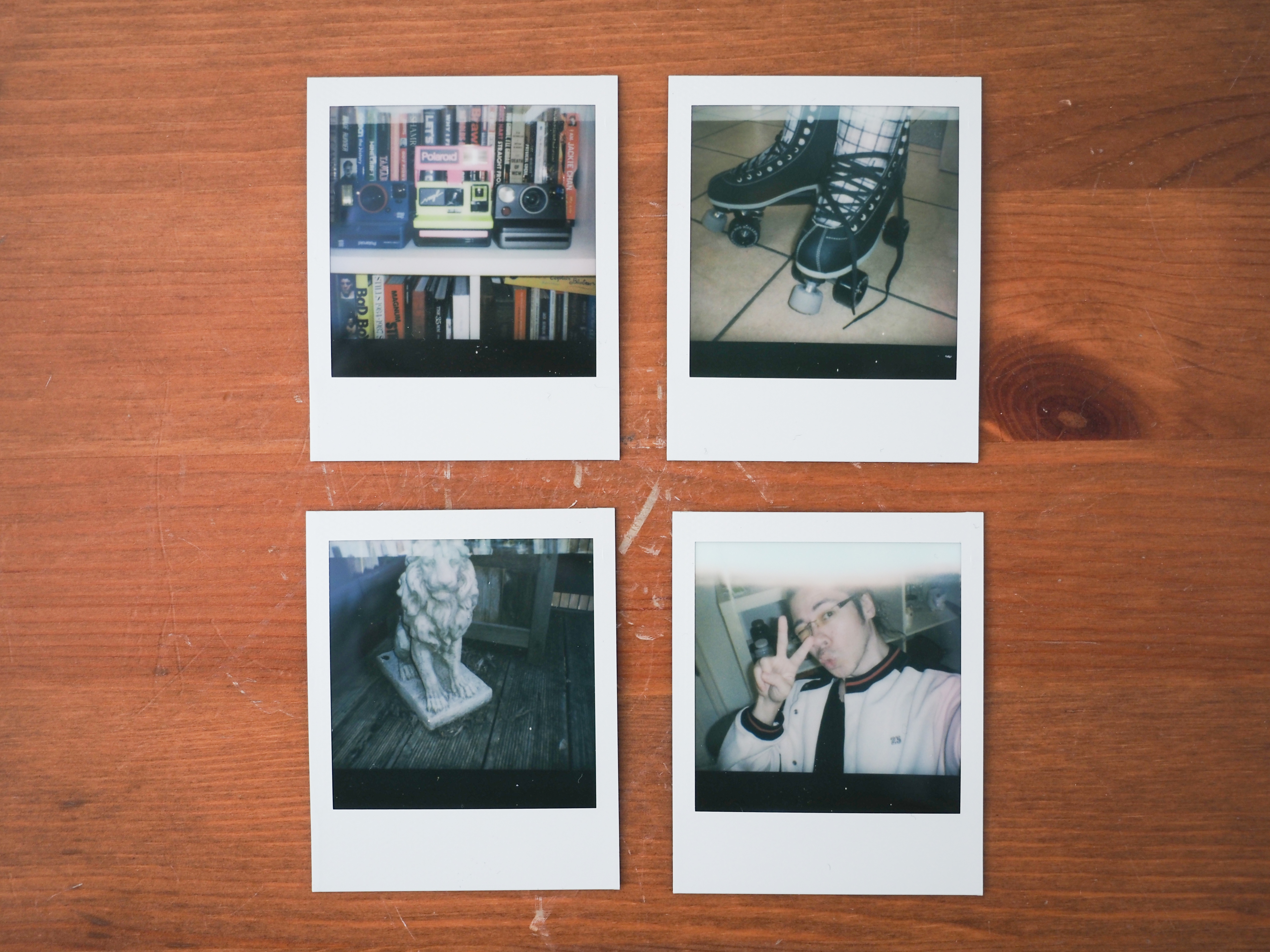
Honorable mentions
Gofunly Kids Camera Instant Print
I love hybrid digital-print cameras for kids, but the ones that use film tend to be pretty pricey. The Gofunly Kids Camera Instant Print is more affordable, both in the camera itself and the replacement print packs that use thermal printing instead of film. The Gofunly won't grow with older kids and teens like the Instax hybrids will, but for the price, it's a solid option.
Lomography Konstruktor
Aimed at children 11 and up, this is a construction kit that you can build into a fully working 35mm film camera. It is quite fiddly to make, but a great gift for children who have the patience to complete a project.
How we test kids cameras
Traditionally, we run of gamut of tests on camera resolution, dynamic range, and noise under scientifically controlled conditions using two key testing tools: Imatest Master and DxO Analyzer.
However, the best cameras for kids aren't really about these kinds of capabilities. So we do the only testing that really matters when it comes to cameras targeted at kids: we put them in little hands! A number of us on the DCW team are parents or have young nieces, nephews and siblings, so it's easy (and enjoyable) for us to get them playing with these cameras and seeing what they think. Do they find them easy and fun to use? Are they durable enough to withstand being bashed around? Are the images of acceptable quality? Are they good enough to tempt them away from daddy's camera phone?
Our little helpers make sure that we're recommending the best cameras for kids.
FAQs
How to choose a camera for kids?
It depends on the kids, honestly. VTech makes cameras that are the right blend of appealing design, robust build and easy-to-engage usability for very little ones, but anyone older will outgrow its features.
A Tough camera is indestructible enough to survive whatever your children do to it, but its advanced features make it an expensive purchase. And an instant camera enables your kids to produce physical photographs, but there is a cost whenever the shutter is pressed.
Do you want a glorified toy, to distract your kids for a while, or a device that's designed to enthuse and educate them into an interest in photography? Work out what you want – and what is right for your little ones!
Should I buy a kid a camera?
Cameras can be an absolutely wonderful way to cultivate creativity in children – just like a set of crayons or paints. A camera can not only encourage their development of visual language and expression, it can also give them a unique and valuable way to engage with the world around them.
What's the best camera for a teenager
Most of the cameras in this guide are designed for younger children - but several of them are more than suitable for those who are older. But if you are looking for a camera that allows you to take photography more seriously, then take a look at our guide to the best cameras for students which gives a rundown on cameras that can also be to help with studies, as well as for everyday content creation.
Compare prices

The best camera deals, reviews, product advice, and unmissable photography news, direct to your inbox!

With more than a decade of experience writing about cameras and technology, Hillary K. Grigonis leads the US coverage for Digital Camera World. Her work has appeared in Business Insider, Digital Trends, Pocket-lint, Rangefinder, The Phoblographer, and more. Her wedding and portrait photography favors a journalistic style. She’s a former Nikon shooter and a current Fujifilm user, but has tested a wide range of cameras and lenses across multiple brands. Hillary is also a licensed drone pilot.
- Chris GeorgeContent Director
- Kalum CarterStaff Writer
